 In show business the camera never sleeps. 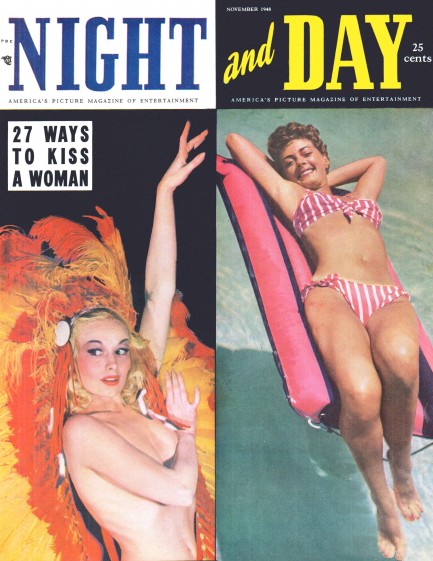
Night and Day, for which you see the cover of an issue—its very first issue, actually—that was published this month in 1948, billed itself as America's Picture Magazine of Entertainment. It was launched in New York City by Alho Publishing, and as you'll see it came out of the gate swinging for the fences with its visual content, from its bisected cover featuring burlesque dancer Lili St. Cyr and actress Ramsey Ames, to its tongue-in-cheek feature on the twenty-seven types of kisses, to its approving look at George White's Scandals revue at Hollywood's Florentine Gardens. Interesting side note on Scandals—Wikipedia says it ended in 1939. Well, obviously not quite. Elsewhere Night and Day touches on college hazing, professional football, and the Greenwich Village art scene. In total, it's a gold mine for vintage photos.
Our favorite offering in the magazine is its quiz on Hollywood stars and their stand-ins. You just have to take a good look at twenty performers, and try to determine which twenty random people are their stand-ins. To score well on such a quiz you'd have to be either the biggest Hollywood head in history or someone who has the opposite of face blindness, whatever that would be. Face unforgettability, maybe. Even though we don't expect many people to try the quiz, we worked hard to put it into internet-usable form. In the magazine the photos were five-across on the page, which made them too small for the column width of our website. So we rearranged them to be two-across, and thus enlarged, they're clear, though you have to do a lot of scrolling. Nevertheless, it's there if you want, along with fifty other panels to eat your time with marvelous efficiency. Please enjoy.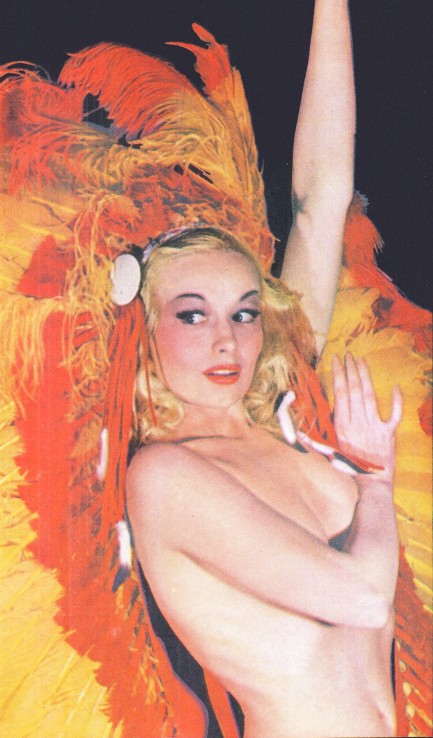 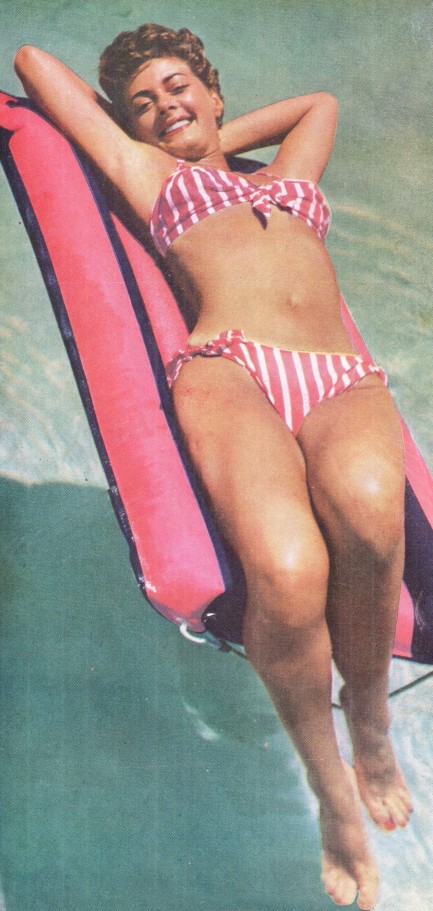 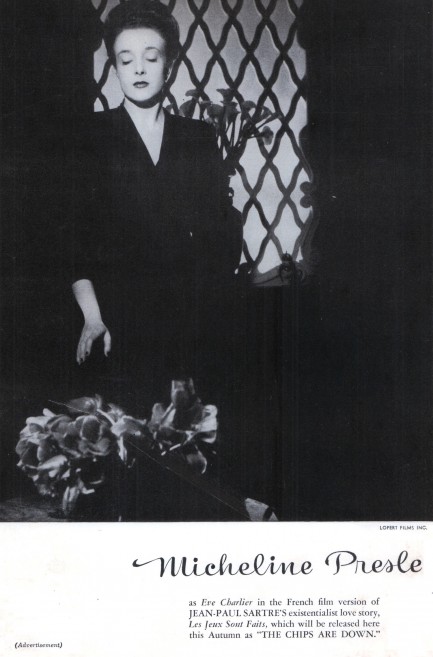 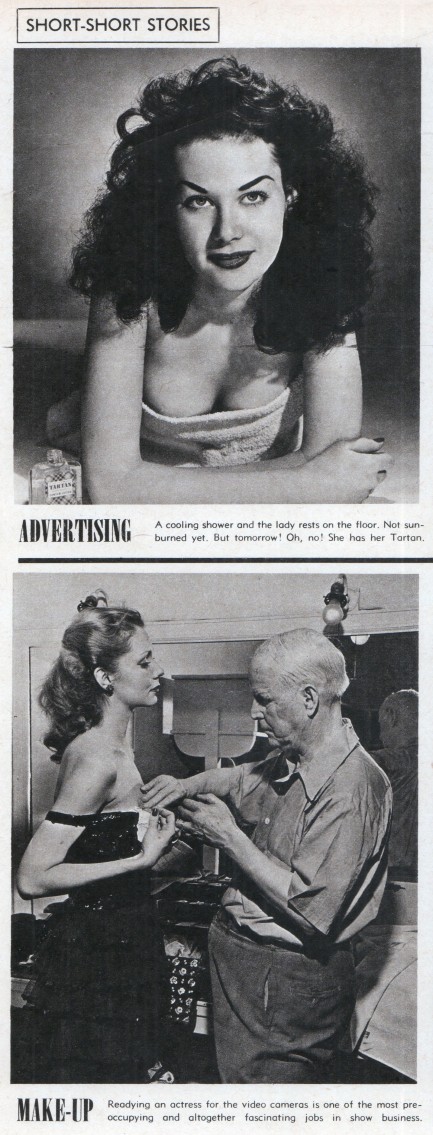 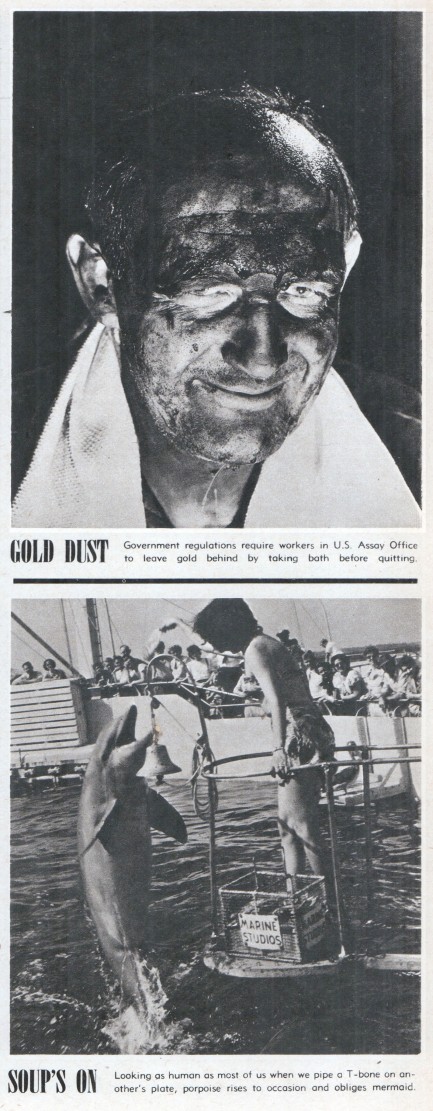 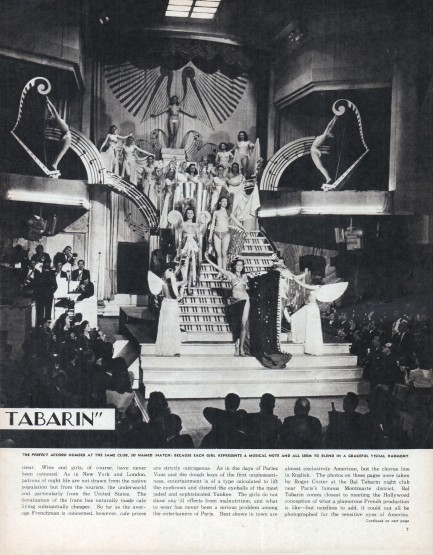 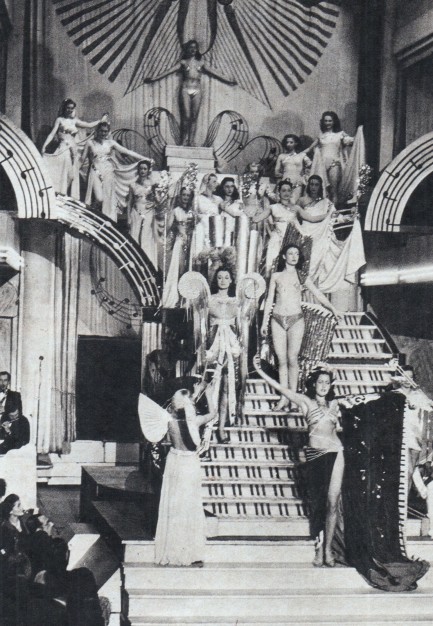 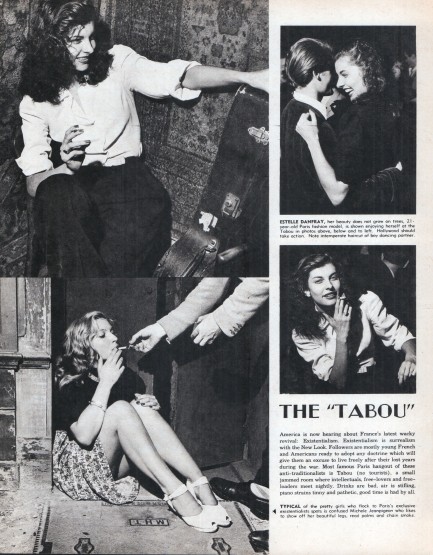  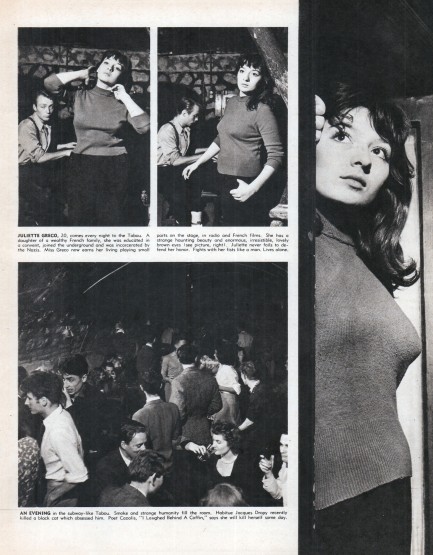 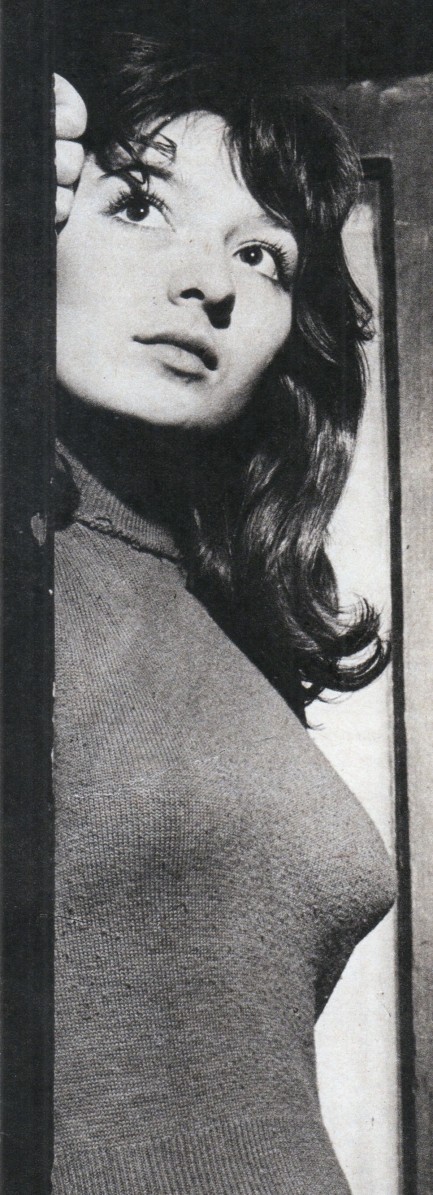 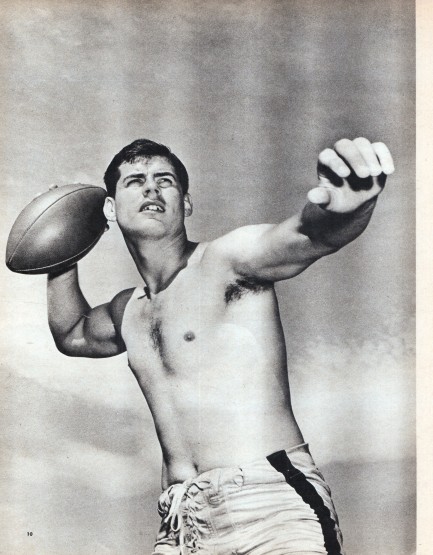 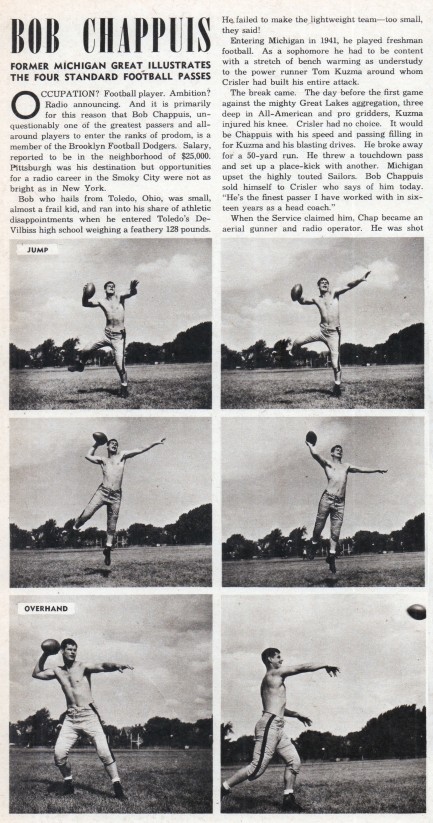 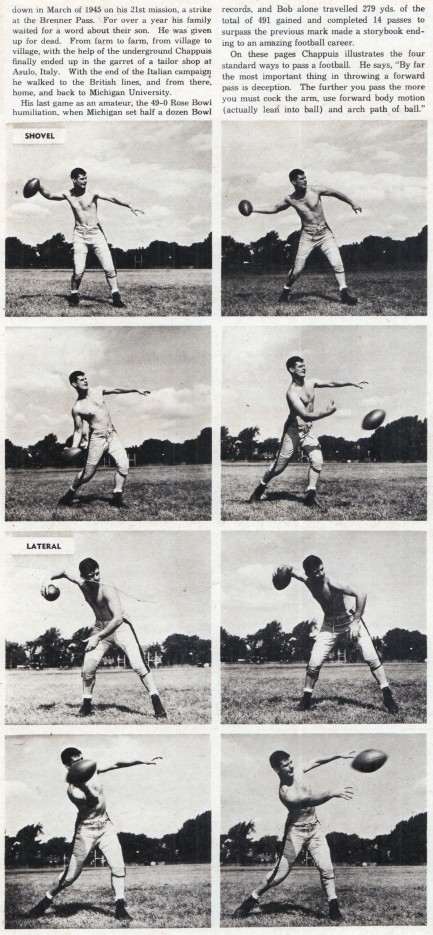 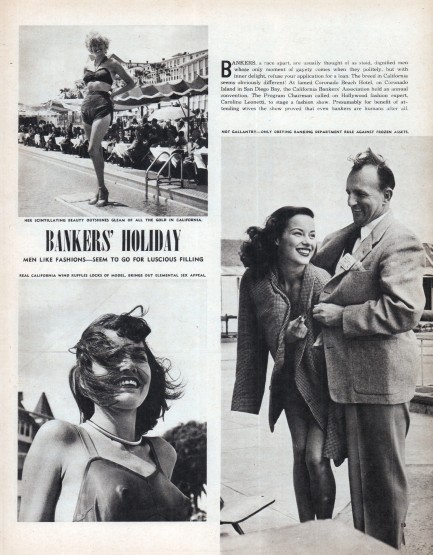 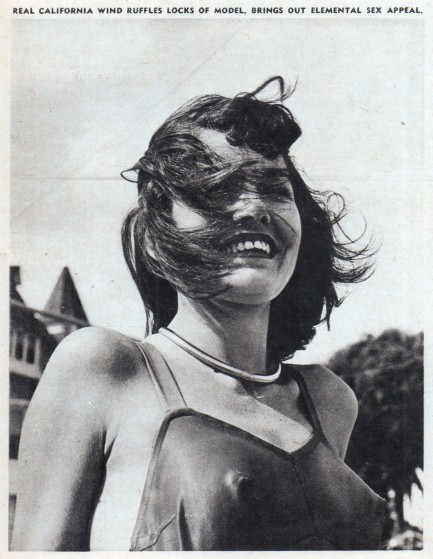 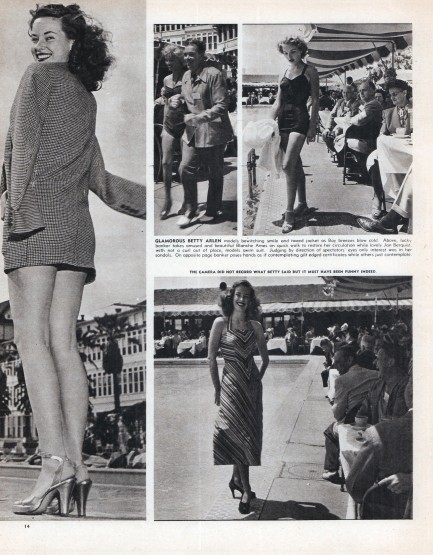 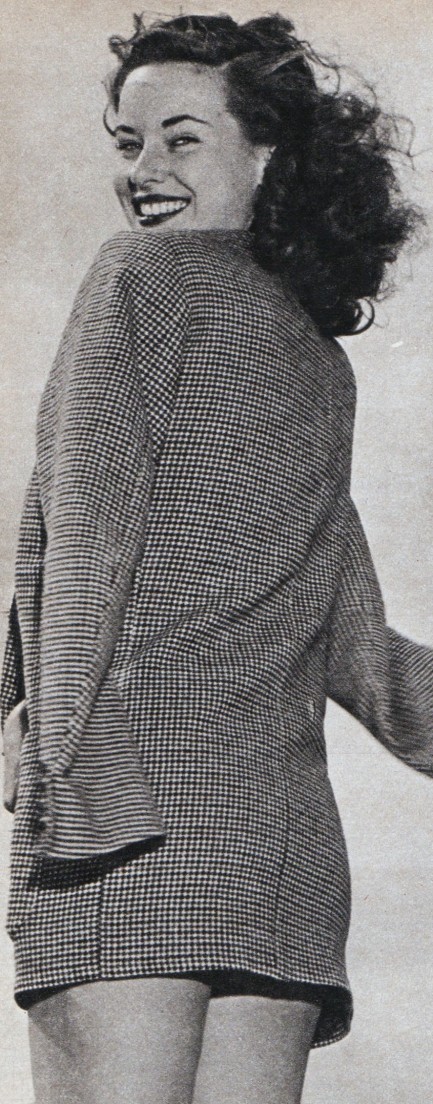 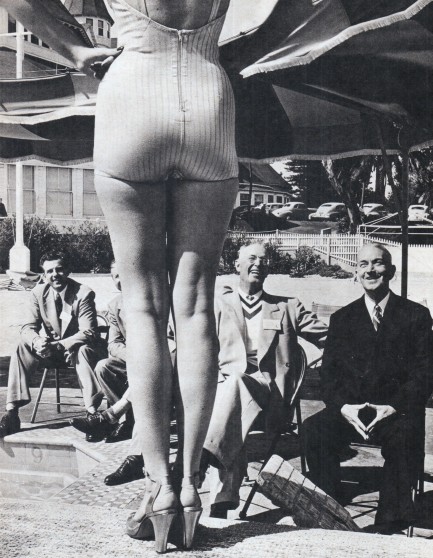 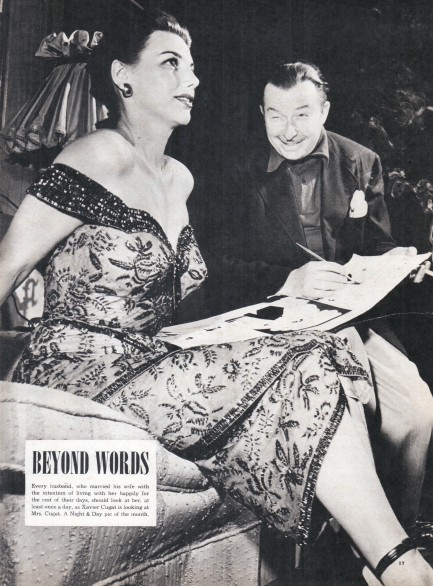 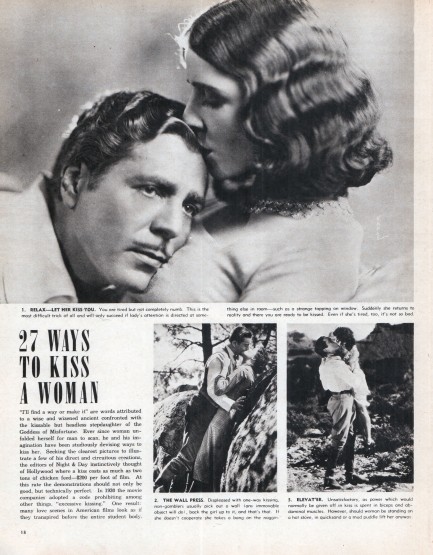 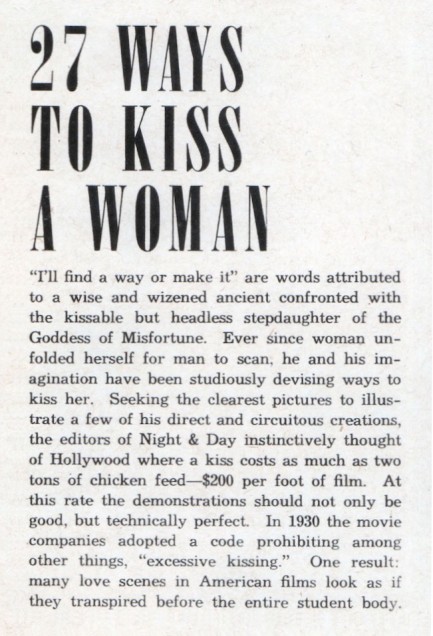 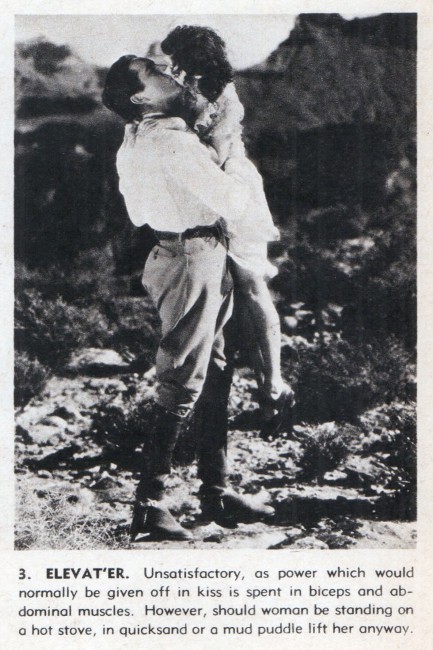 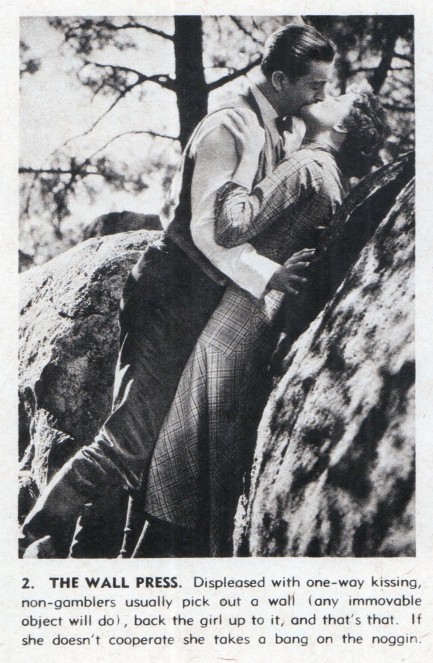 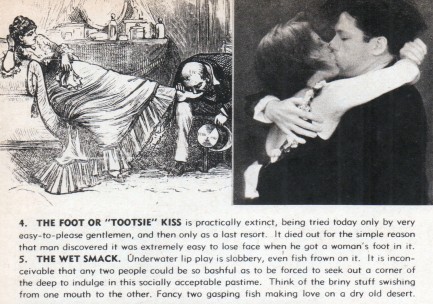 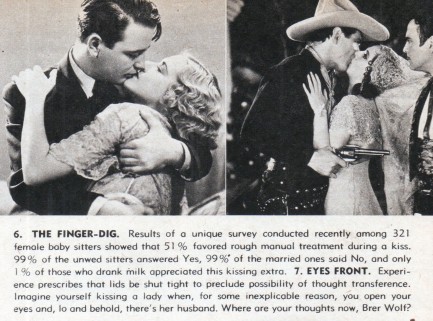 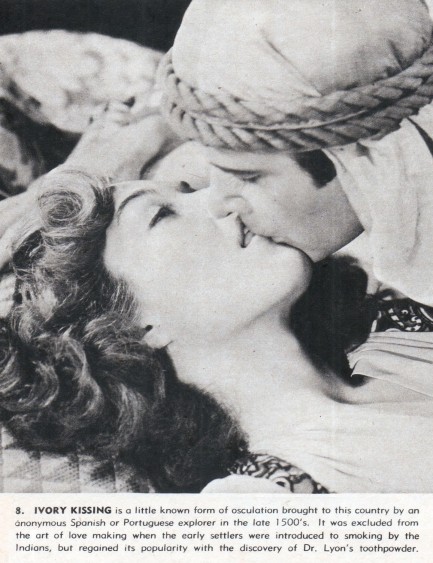 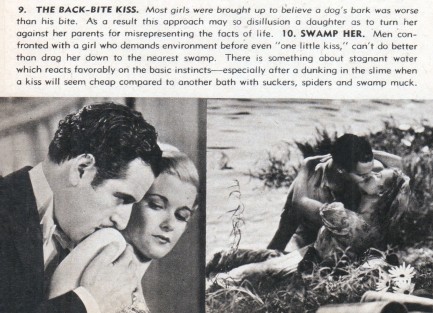 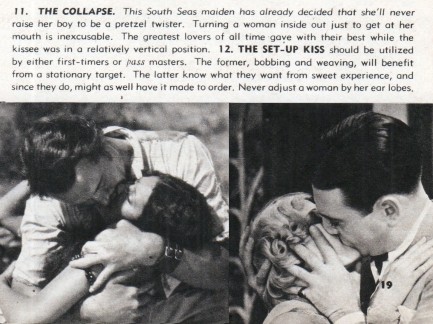 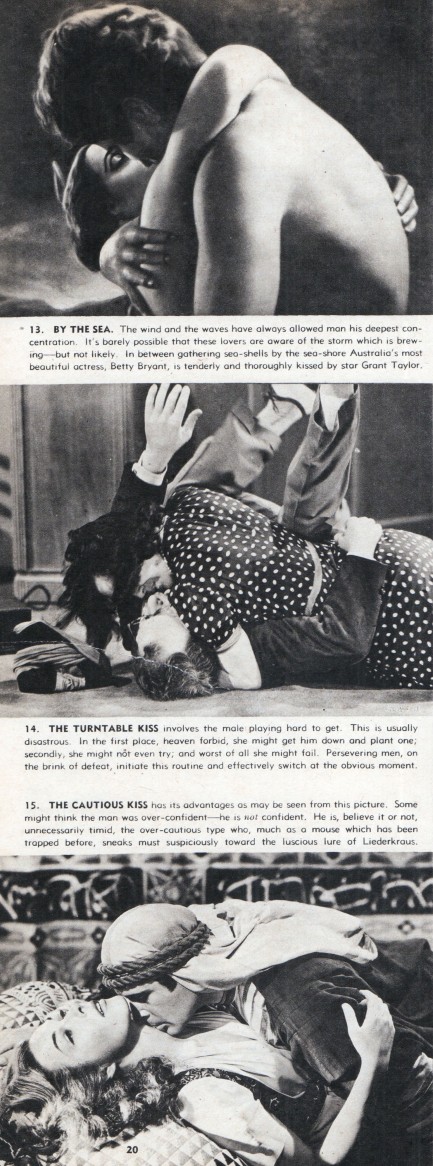 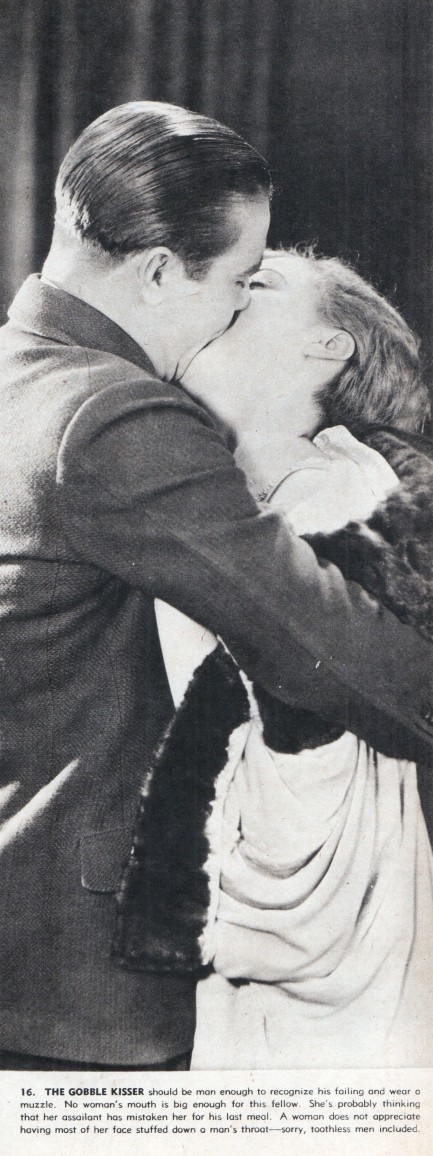 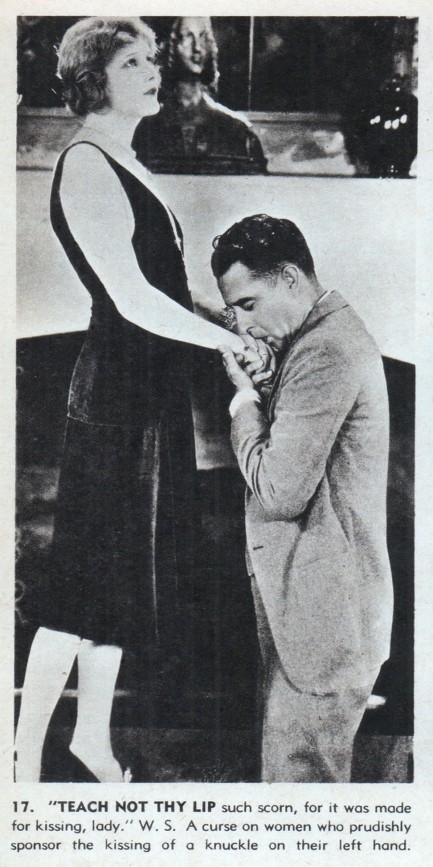 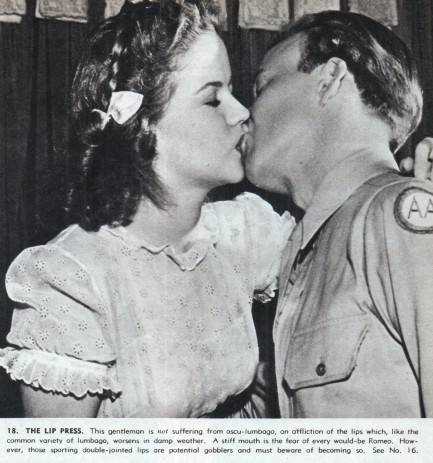 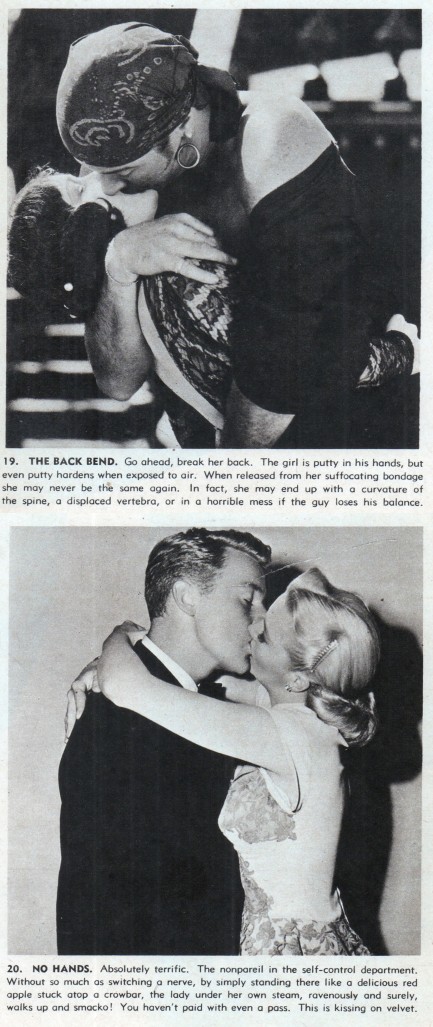   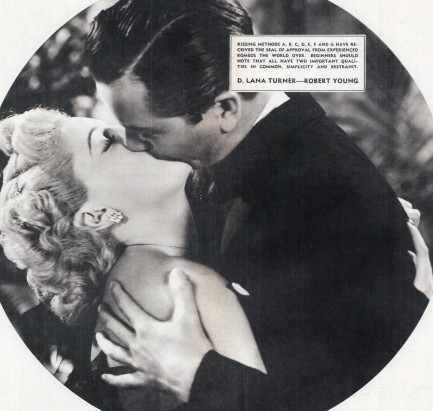  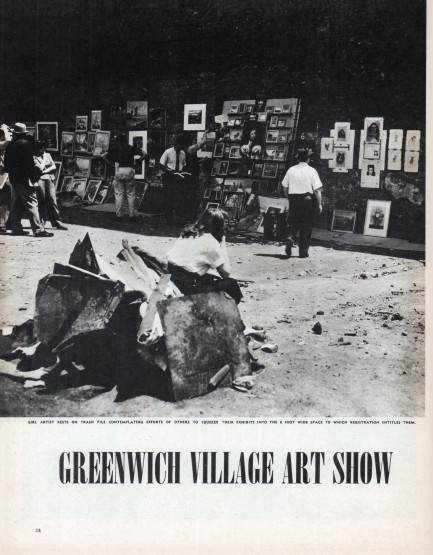 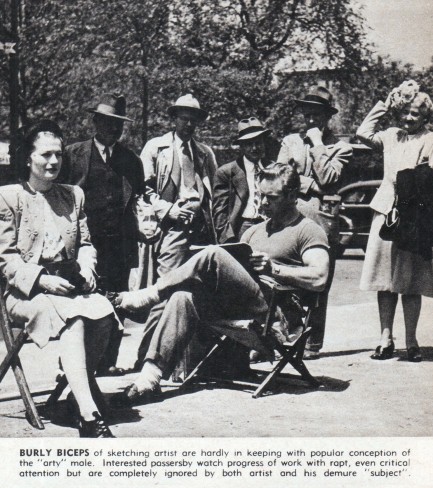 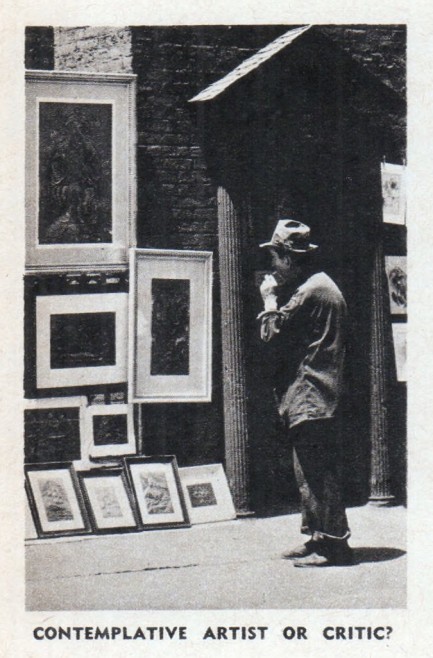 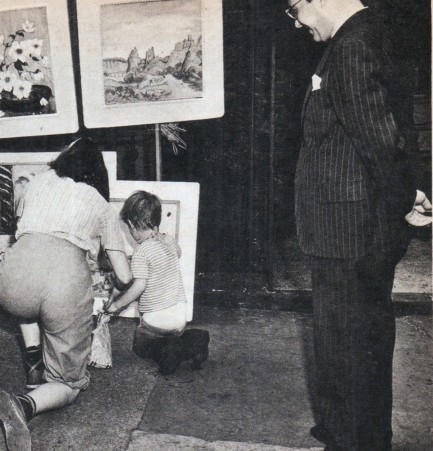 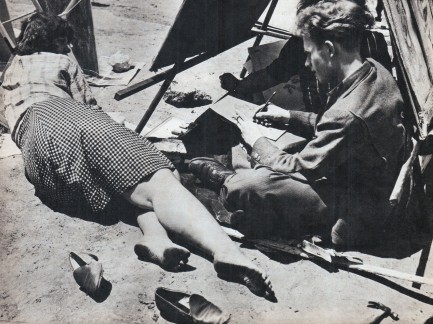 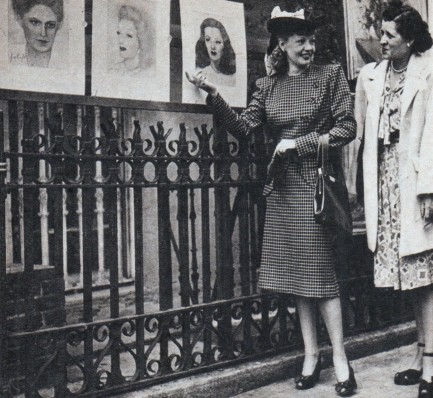 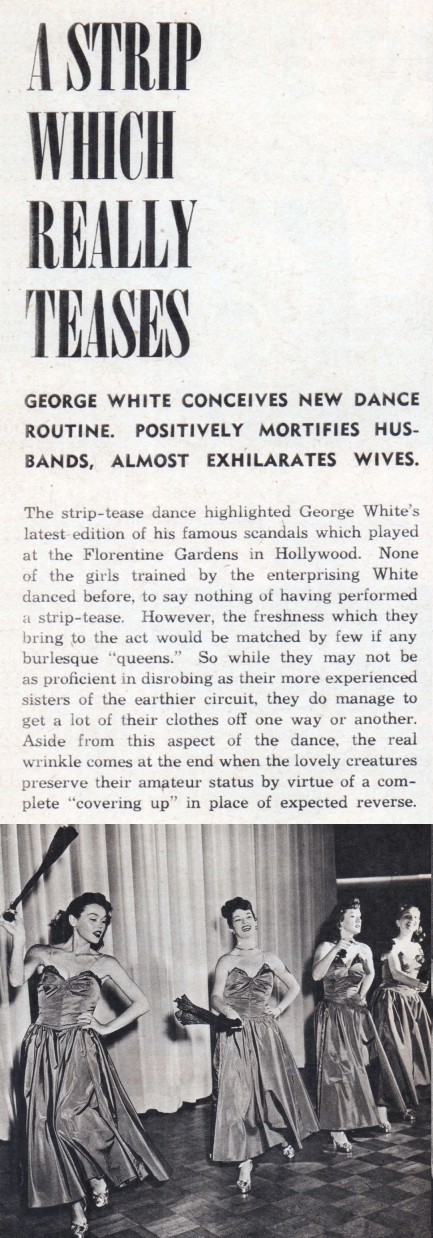 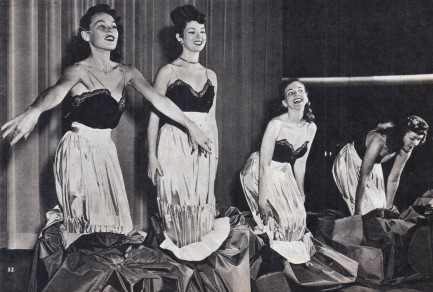 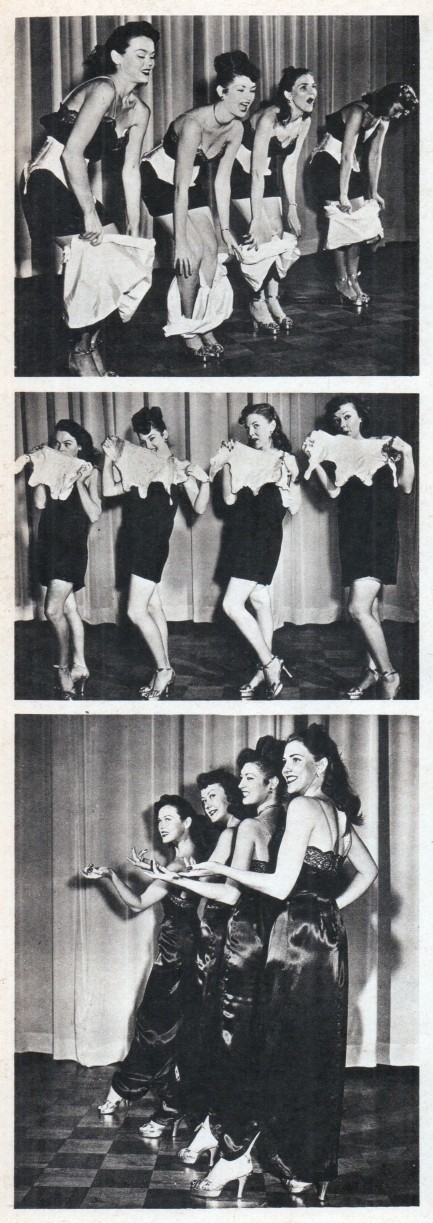 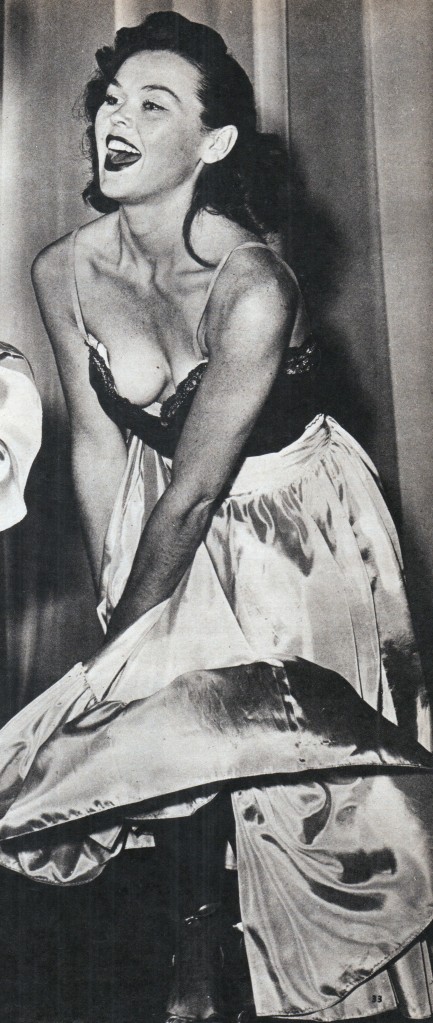 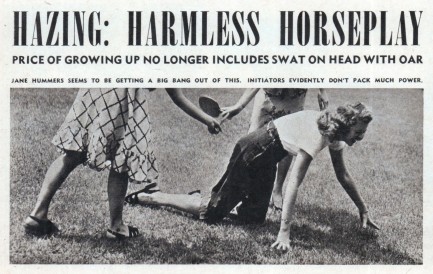 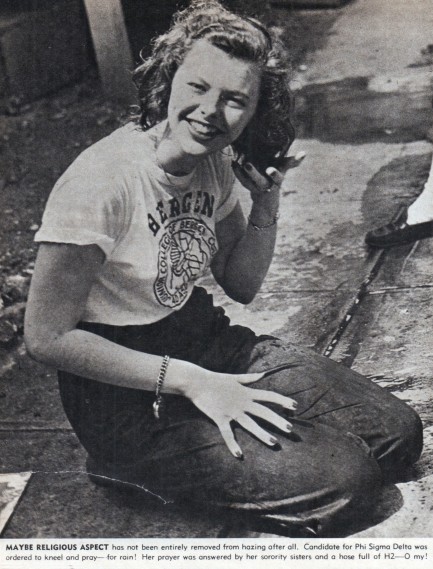 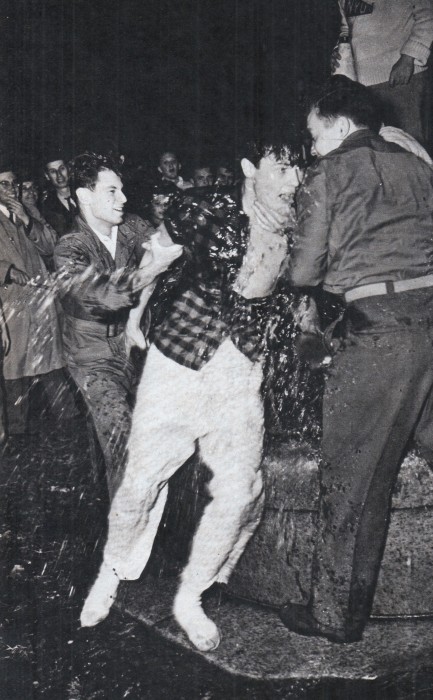 The Hollywood movie star stand-in quiz begins below. First you get twenty famous actors and actresses: And below are their twenty stand-ins. If you get more than half of these right you're a human face recognition algorithm. Quit your day job immediately and report to the FBI. Below are the answers.
 Okay, happy thoughts, Jean! Give us a smile! Puppies and balloons! Use those face muscles. Please? Pretty please? 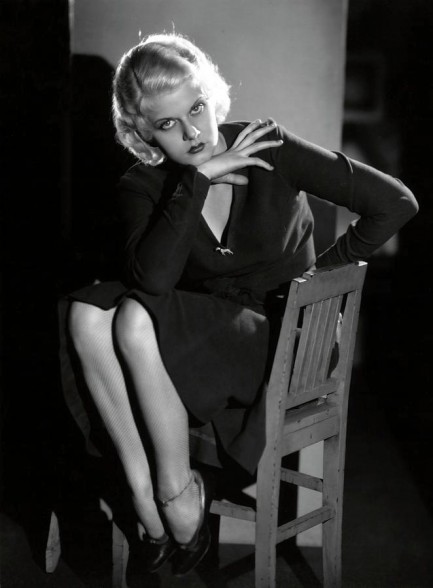
Jean Harlow actually smiled plenty, and was photographed that way numerous times. But for intensity she couldn't be topped, as this smoldering Metro-Goldwyn-Mayer promo image from 1930 shows. It was made when she was filming The Secret Six. Want to see Harlow smile? There's a good photo in this post.
 Can there ever be too much of a good thing? 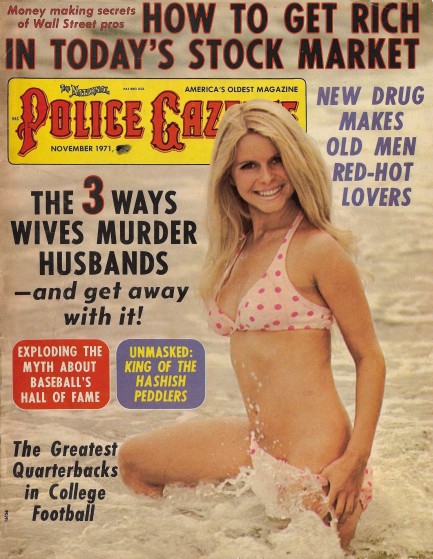
We're still cleaning out that pulp closet, so above you see some random scans from another National Police Gazette. We have an excess of this magazine, and since these late stage editions aren't as interesting as the ones from the ’50s and ’60s, they have to go. And speaking of overabundance, our favorite story in this issue is, “The 3 Ways Wives Murder Their Husbands.” What are they? Apparently, food, aggravation, and sexual excess. We're guessing very few husbands receive number three on that list. But the good news is now you can tell your significant other that one of the world's oldest tabloids, a magazine established in 1845 and full of wisdom, says you should be killed with sex. Good luck with that.
Elsewhere in the issue you get Jacqueline Bisset, Gene Tunney, Jean Harlow, and the strange death of Paul Bern. The Bern incident is part of Hollywood lore. He was married to Jean Harlow for four months when he committed suicide by shooting himself. He left a note behind that apologized for a “frightful wrong" he had done Harlow, and referred to the previous night as “only a comedy.” It led observers to believe Bern had a sexual problem that he tried to solve by artificial means, only to fail. A strap-on, was the inference made by tabloids. But the truth never emerged, certainly not from Harlow herself. There's more to the story, and maybe we'll get into it later. Scans below, and more issues of Gazette here. 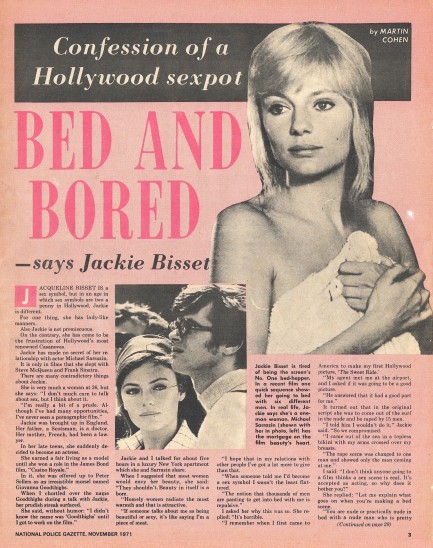 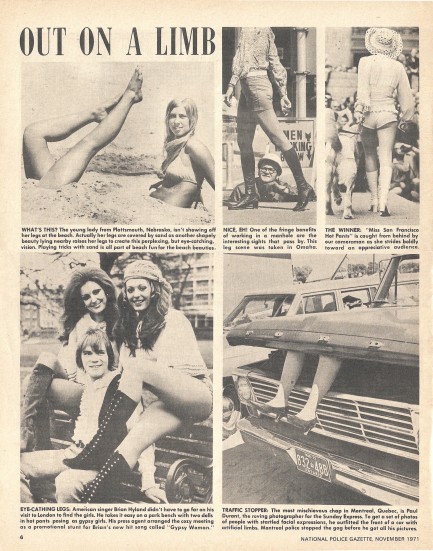 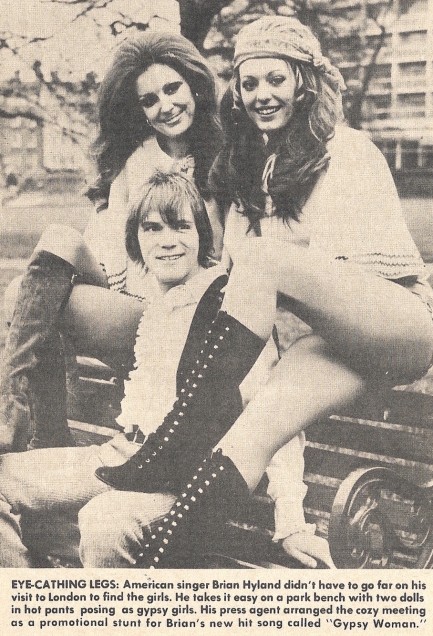 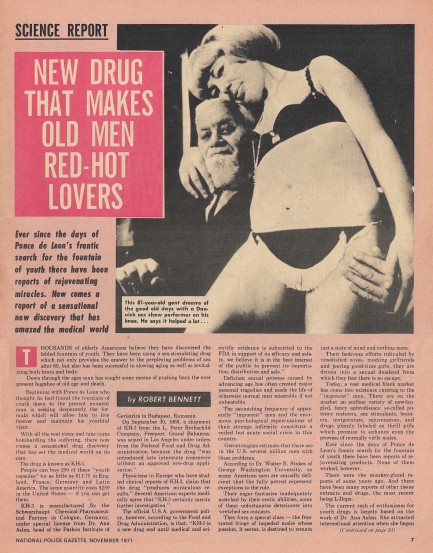 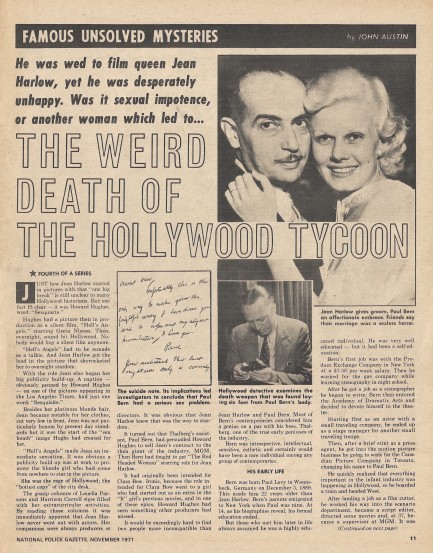 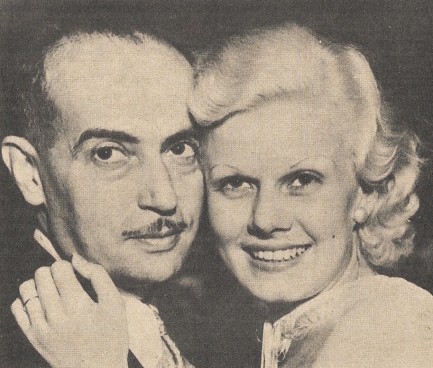 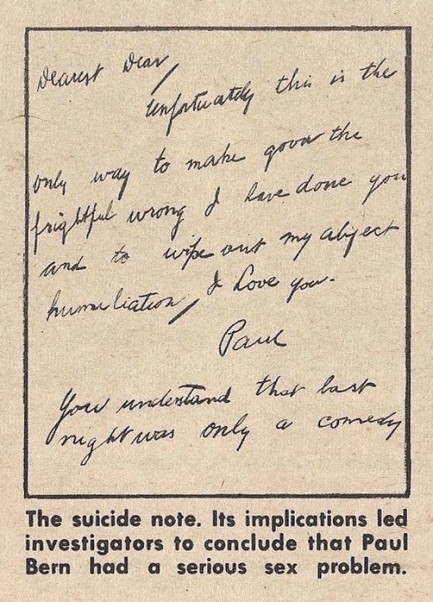 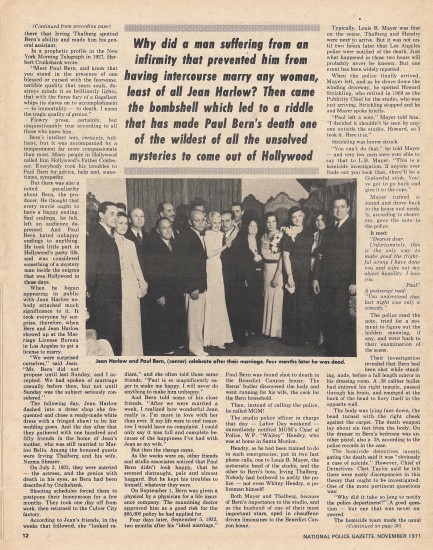 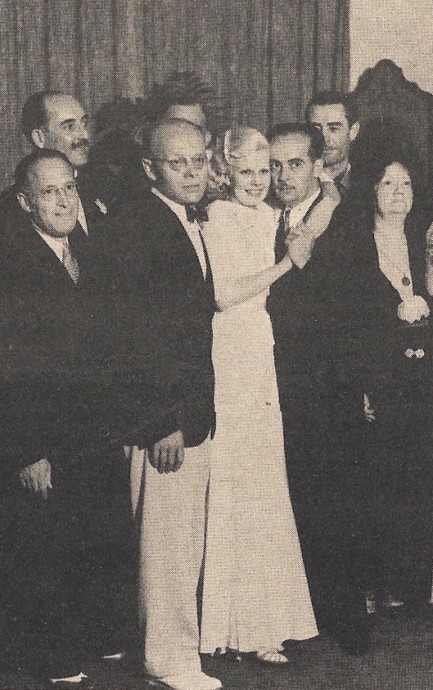 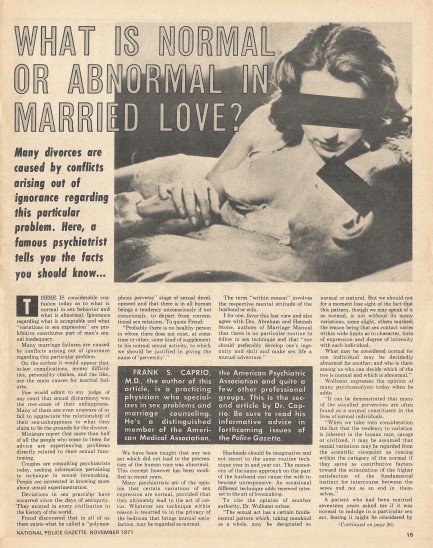 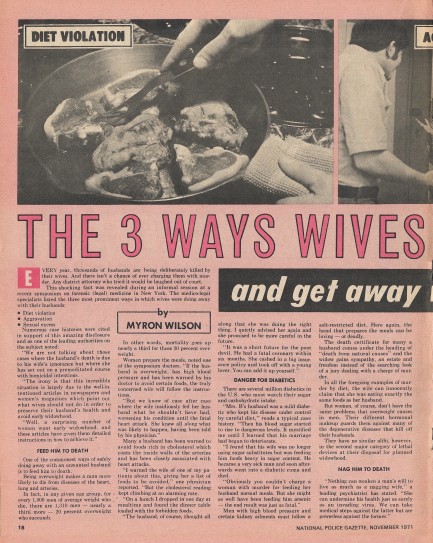 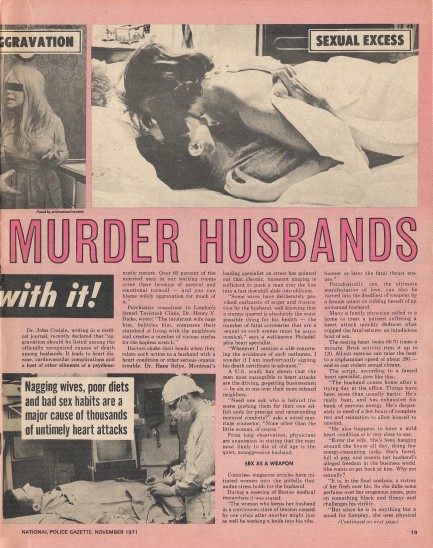 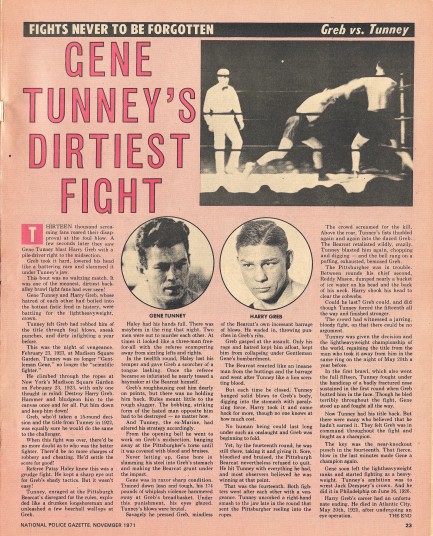 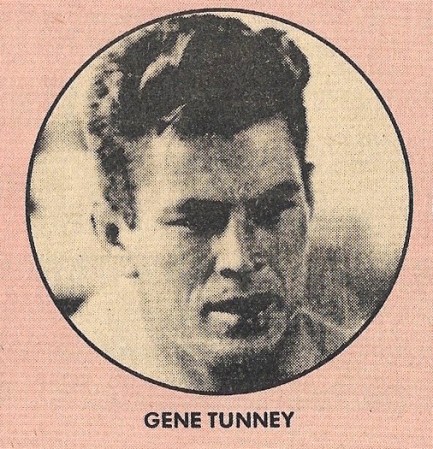
 Kenneth Anger explores Hollywood's darkest recesses in his landmark tell-all. 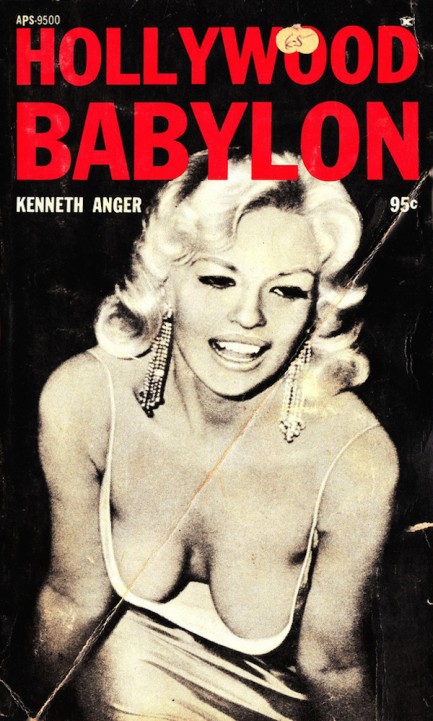
Kenneth Anger's Hollywood Babylon is the grandaddy of all Tinseltown exposés. It was published in 1965, banned ten days later, and shelved until 1975. It's exactly as advertised, outing everybody that was anybody for everything. Entire chunks are devoted to Charlie Chaplain, Lana Turner, Errol Flynn, Fatty Arbuckle and other cinematic luminaries. Some of its claims have been proved false—for instance the assertion that Lupe Velez died with her head in a toilet, and that Clara Bow screwed the USC football team (we doubt anyone really believed that one, even back then). But other tales are basically true, including accounts of various legal run-ins and feuds. Anger's writing is uneven, but at its most effective mirrors the type of pure tabloid style that influenced the likes of James Ellroy and others. Besides the salacious gossip the book has a ton of rare celeb photos, and those are of real worth. We've uploaded a bunch below. They came from a digital edition because our little paperback was too fragile to get on a scanner. By the way, don't feel as if we're working overtime on our website this Christmas morning—we uploaded everything in advance and are actually nowhere near a computer today. We're glad you took a minute to drop by. Copious vintage Hollywood below. 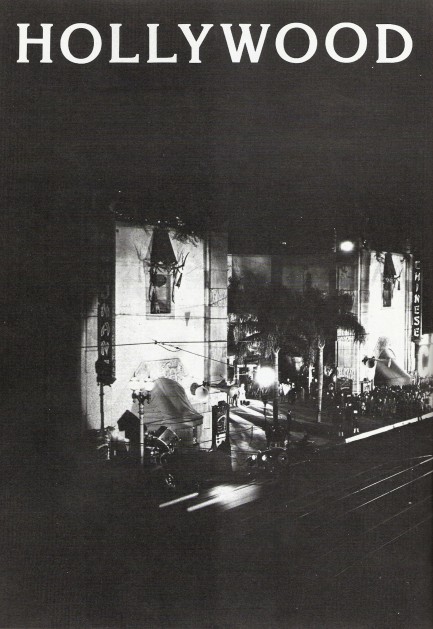 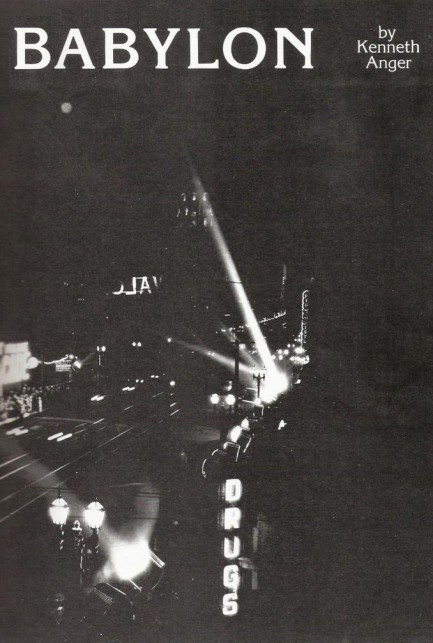 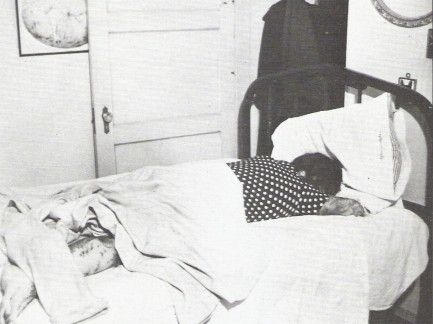 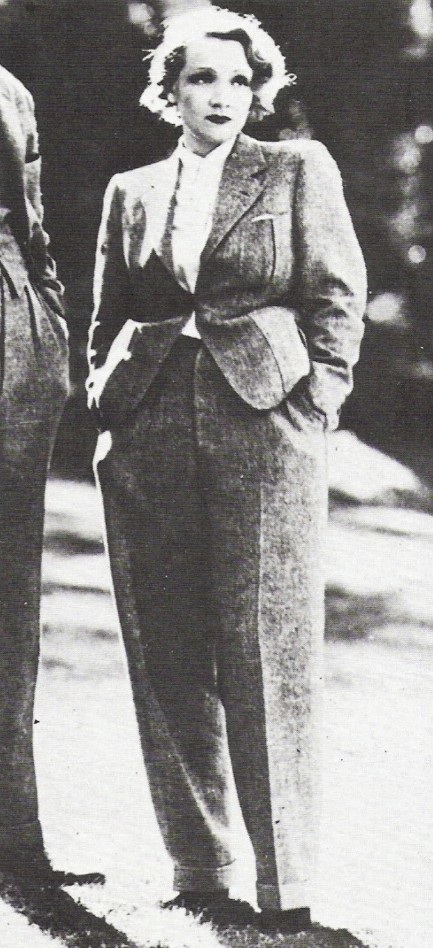 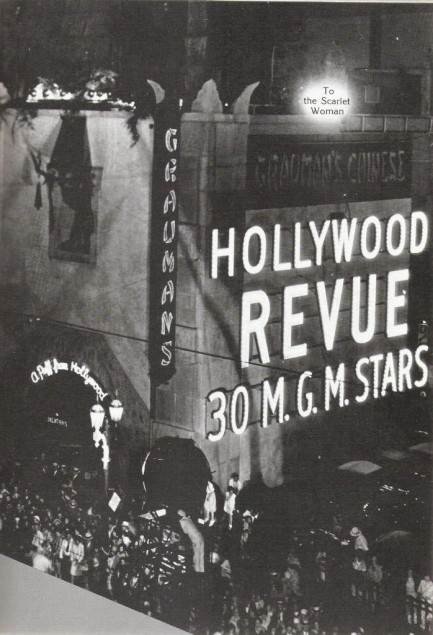 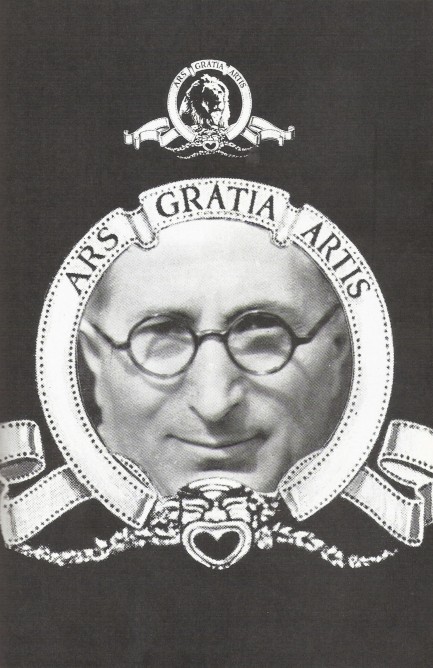 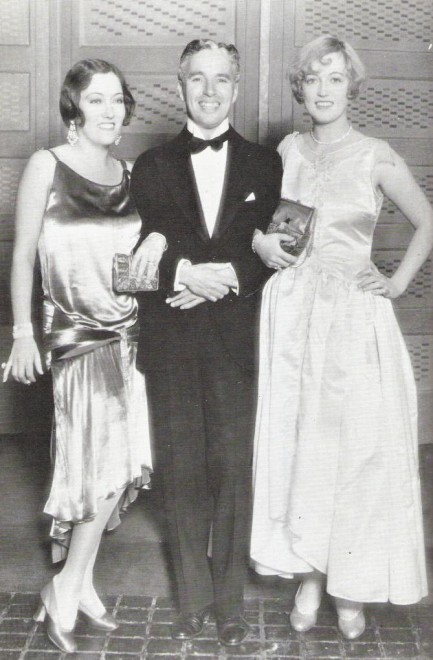 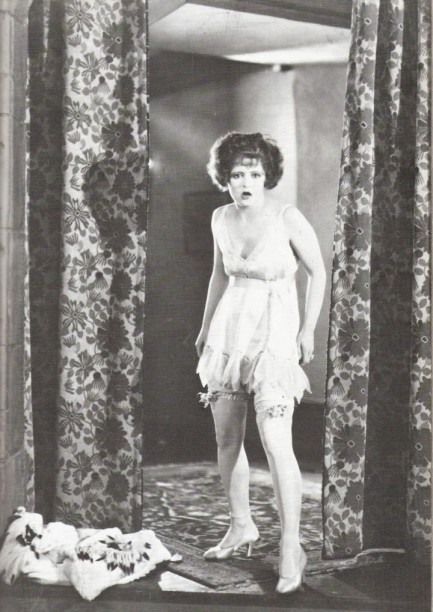 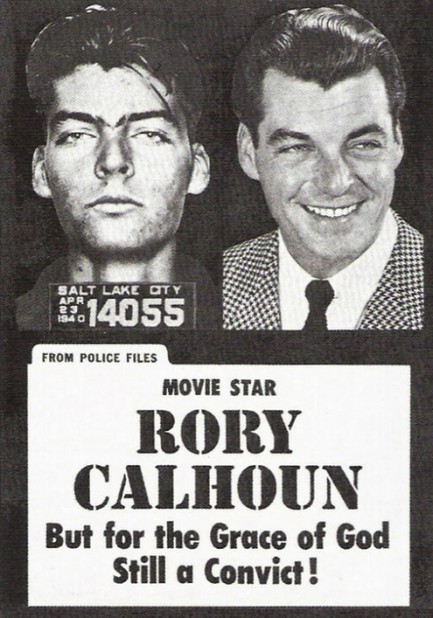 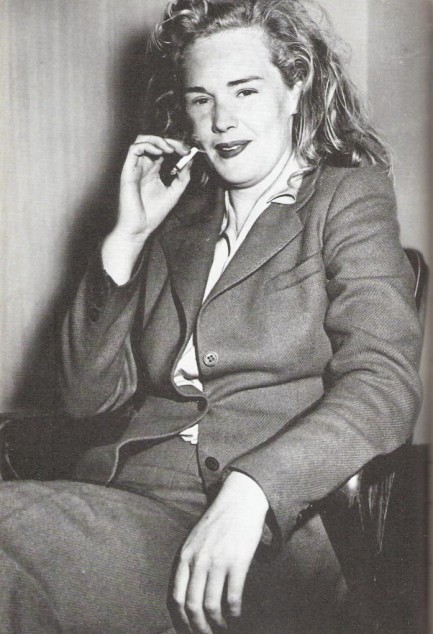  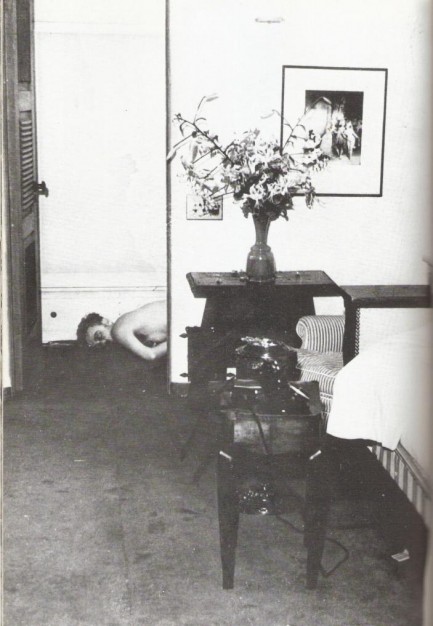 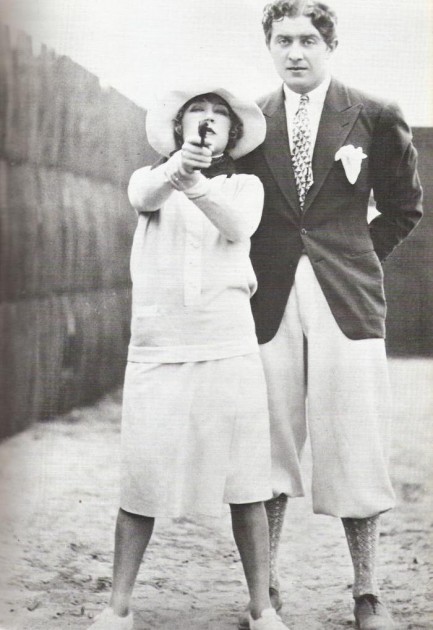 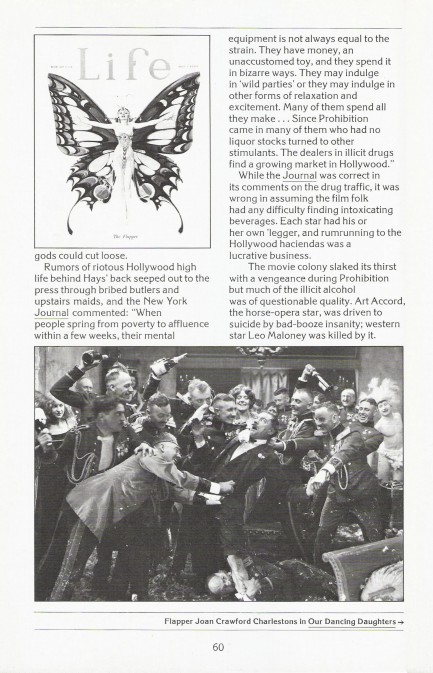 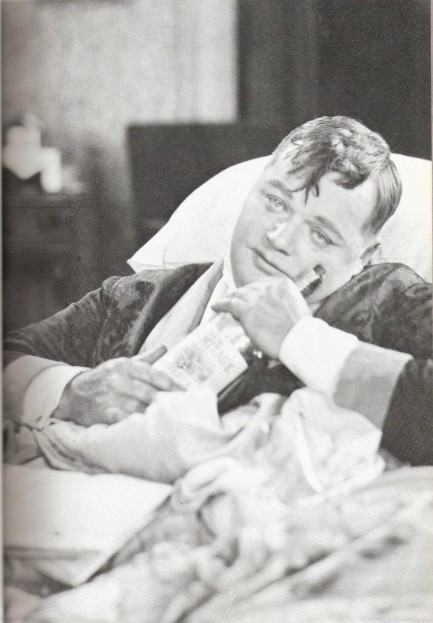 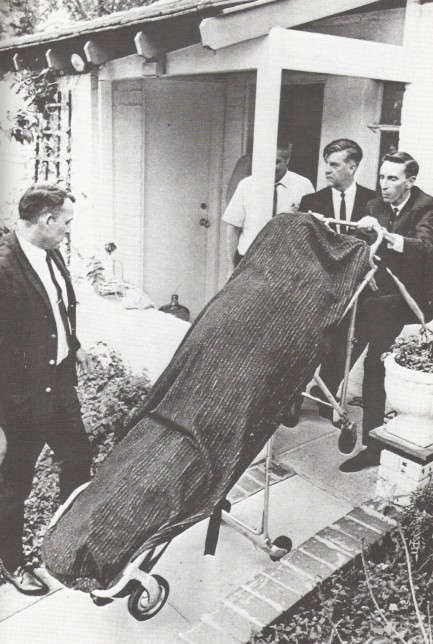 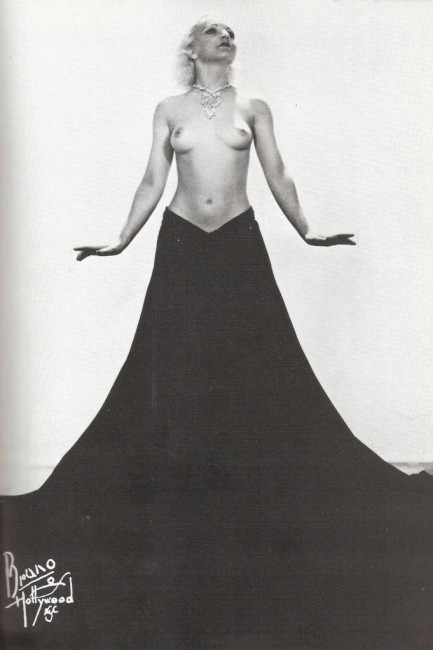  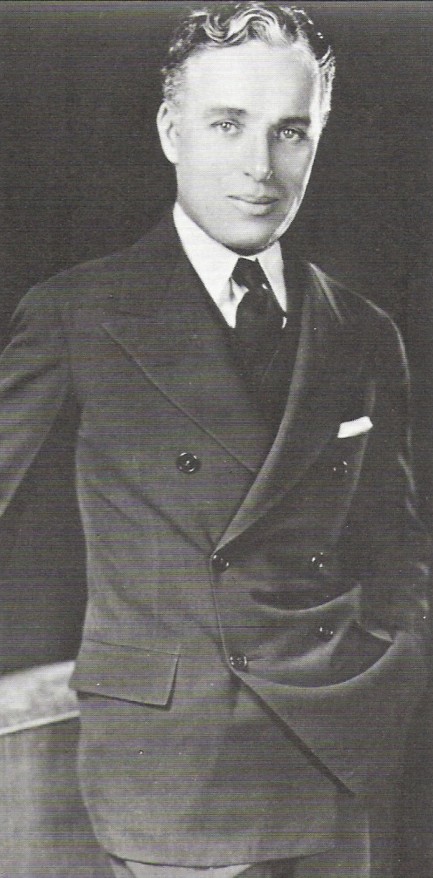 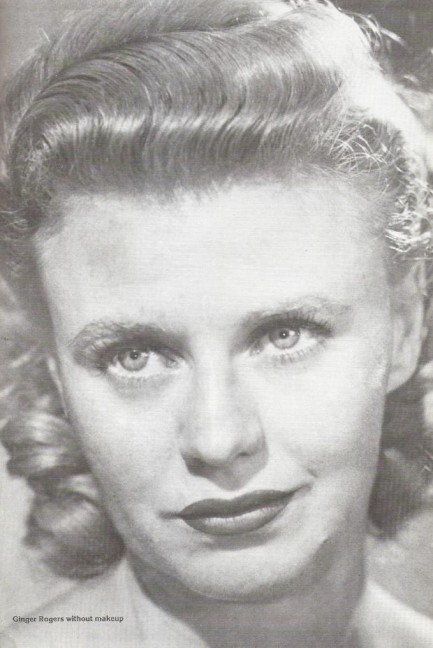 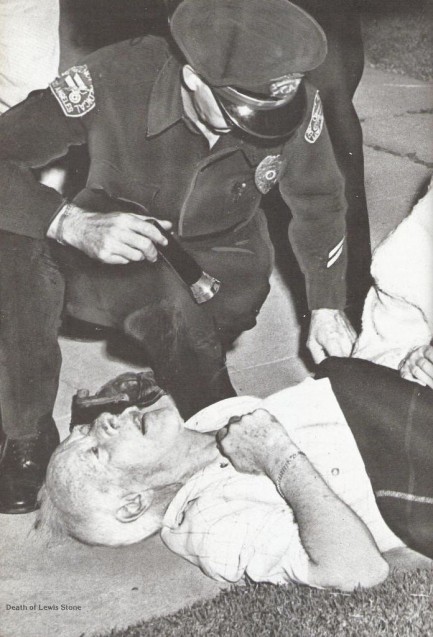 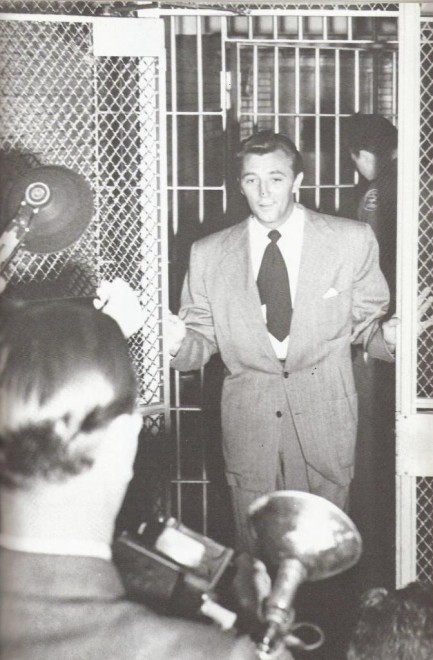 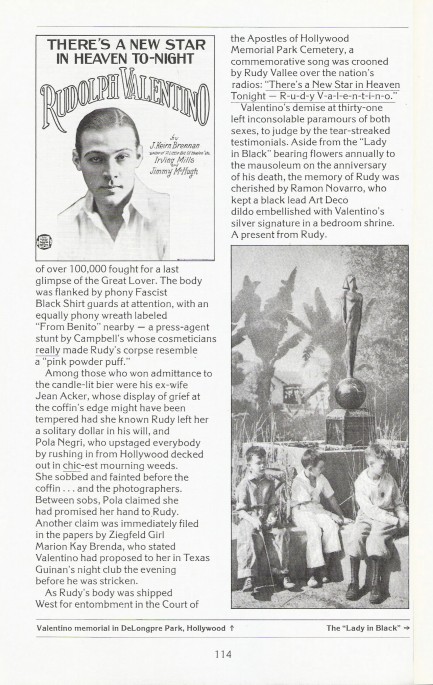  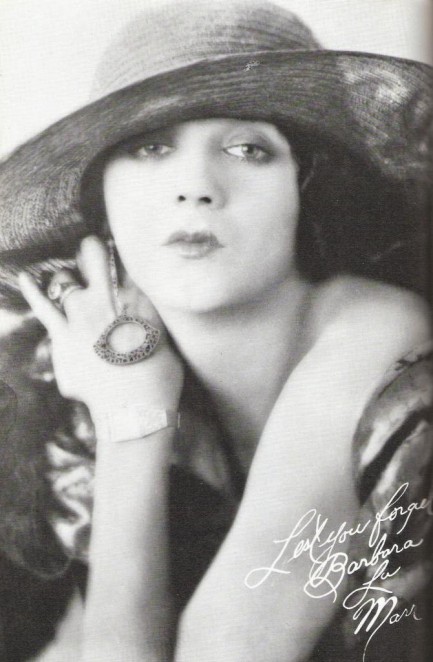 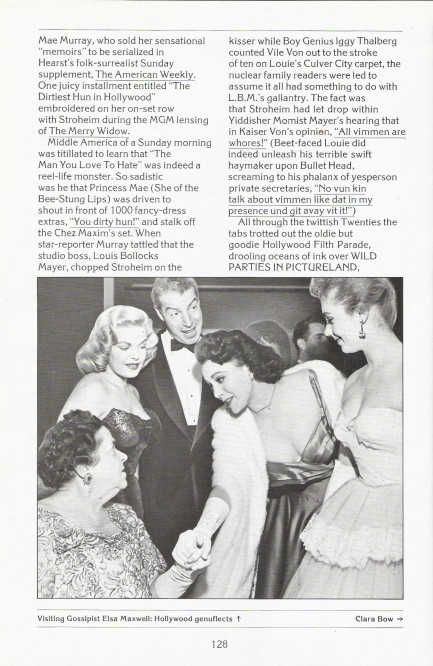 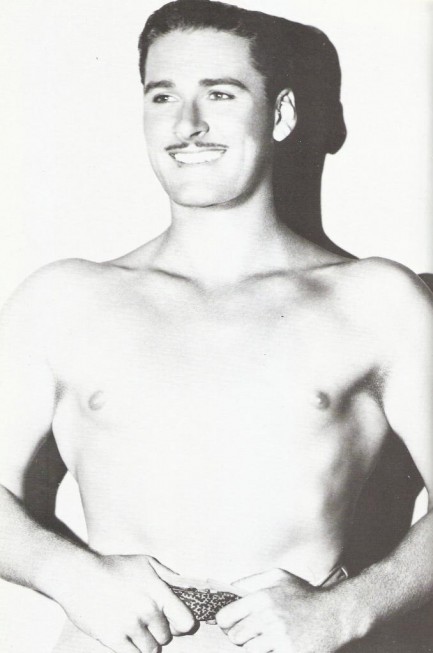 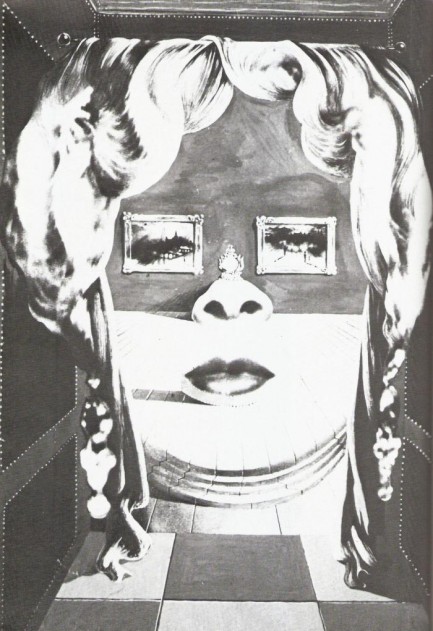 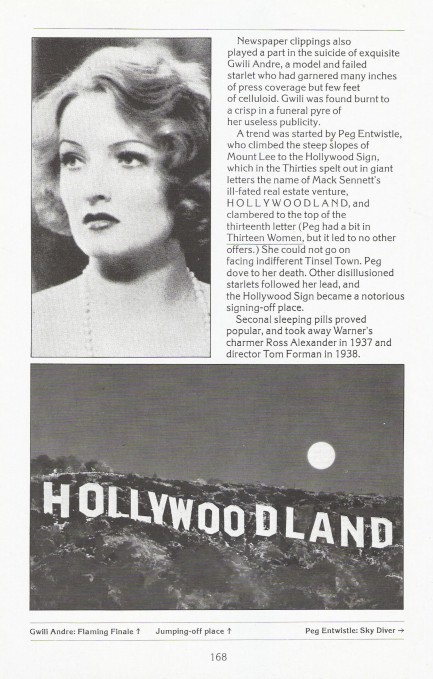 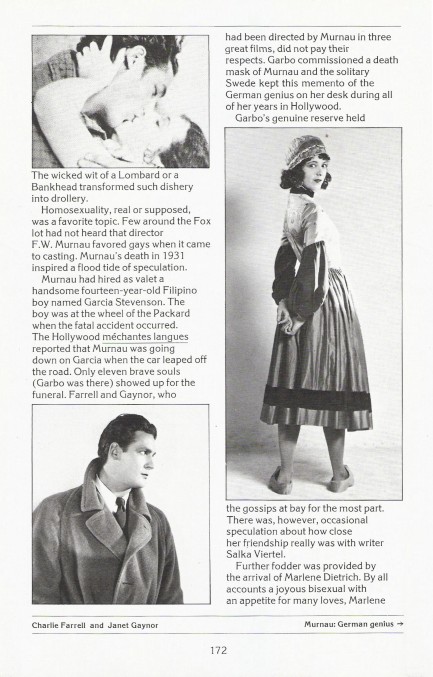 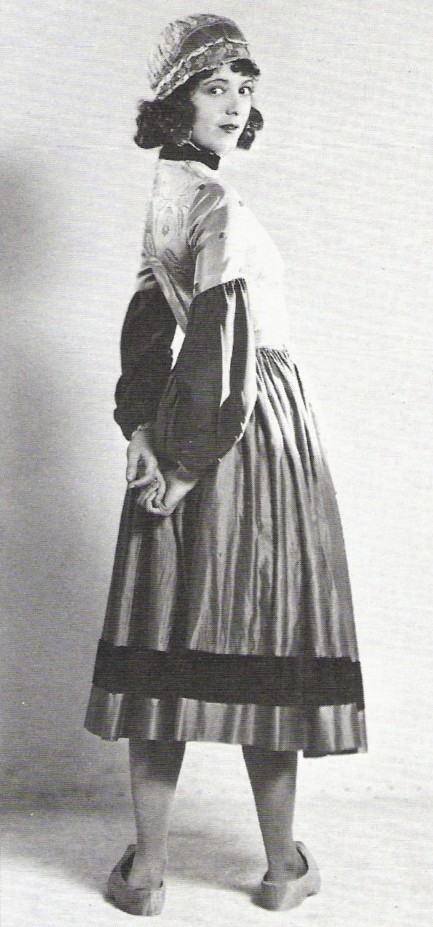 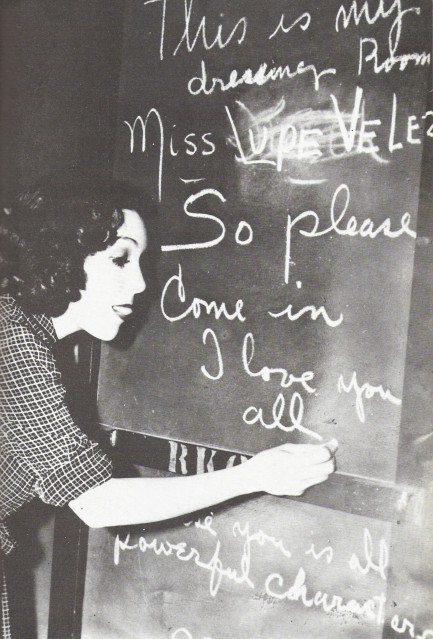 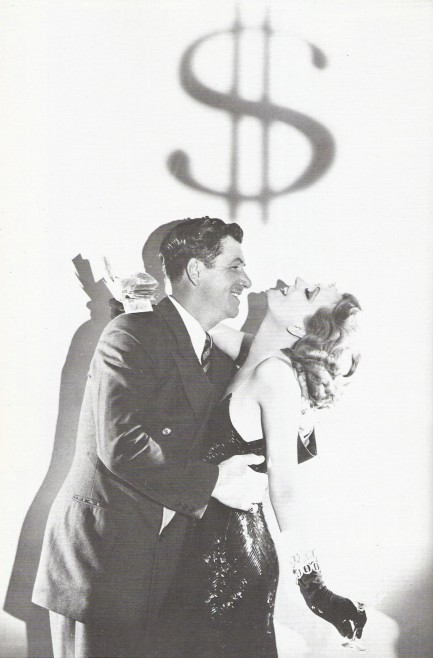 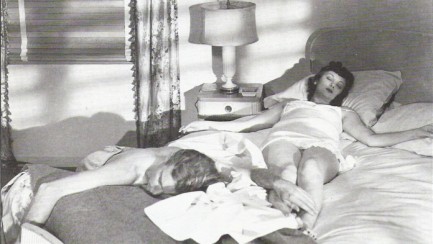 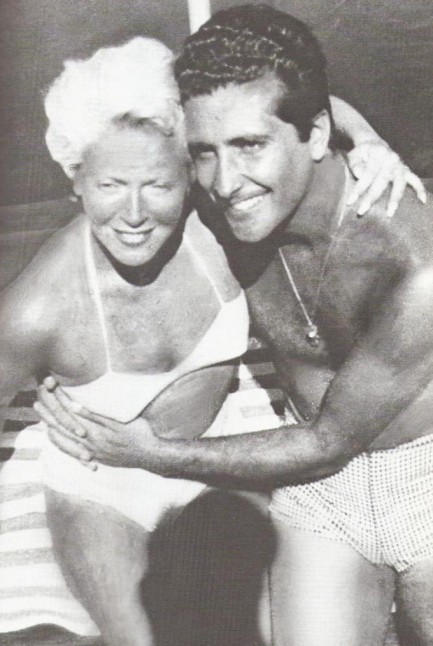 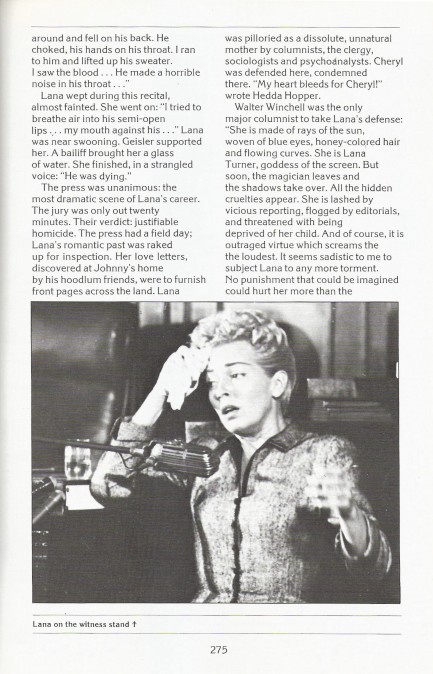  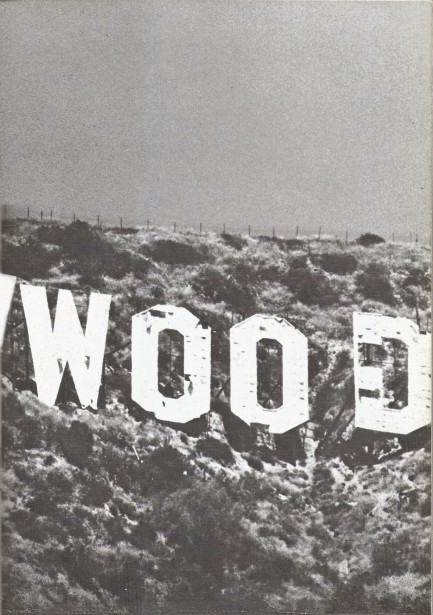
 And you think America is polarized today. 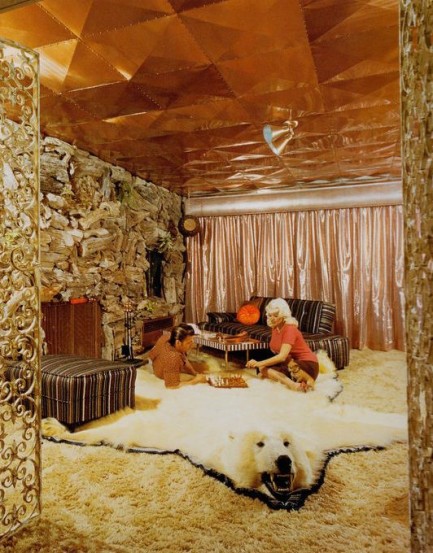
The iconic polar bear rug. What can you say about them? Well, it's not a good look nowadays, but back then people thought these sorts of decorations were quite chic. When did that end? Possibly shortly after the three-hundredth Playboy model posed on one, or when many people began to see trophy hunting as the obsession of vain and unsavory millionaires. One of those two. Personally, we blame Hefner. In the shot above Jayne Mansfield and Mickey Hargitay take polar bear style to its pinnacle. Just look at that room. Besides the bear they have a copper ceiling, satin curtains, and a white shag rug. It's a pimp's wet dream and all of it must have cost a fortune. We like to imagine what the look on Jayne's face would have been if anyone walked in with a brimming glass of red wine. We bet she'd have turned whiter than the bear.
We have more photos in the same vein below. If you need help identifying the stars, their names are in our keywords in order of appearance. Looking at the entire collection, we tend to wonder if there were three or four bears that ended up in all the photos. You know, like bears owned by certain photography studios or prop departments. Just saying, a couple of them look suspiciously similar. But on the other hand, how different from each other do bears really look? You'll notice that the poor creatures were generally posed to look fierce. But by contrast Inger Stevens' bear, just below, strikes us as a bit reflective and melancholy, which is understandable. Elizabeth Montgomery, meanwhile, gets extra points for wearing her bear. We have twenty-plus images below, including another shot of Mansfield, sans Hargitay. 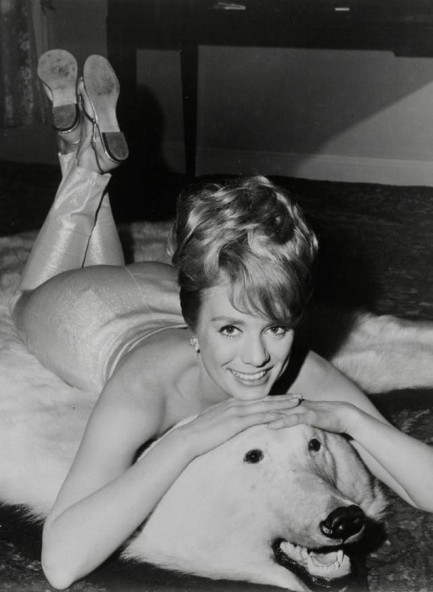 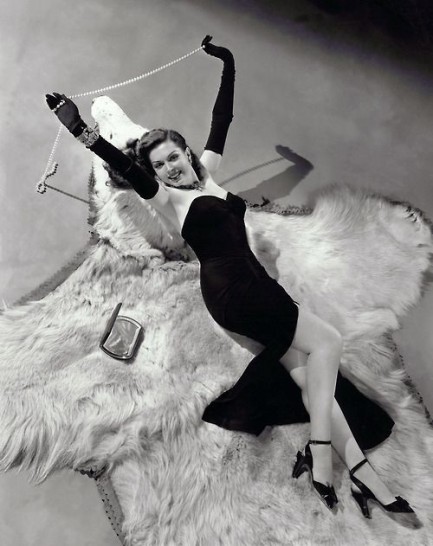 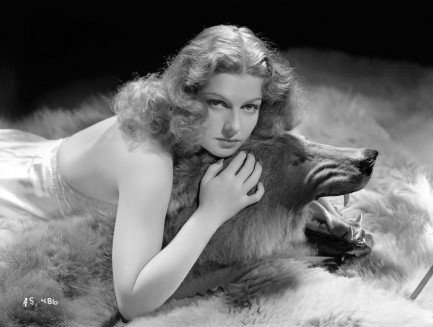 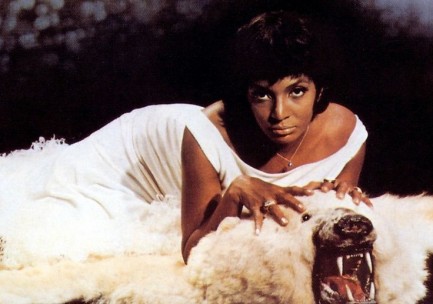 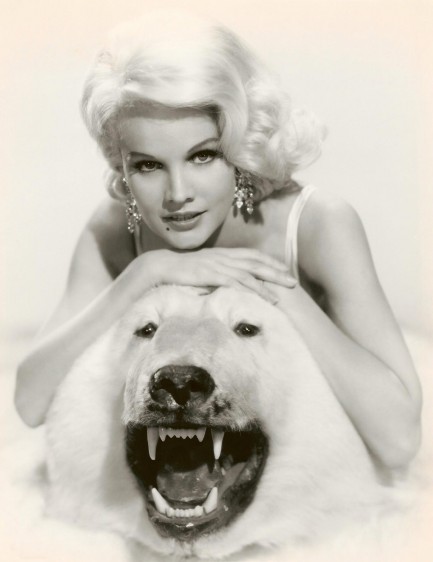 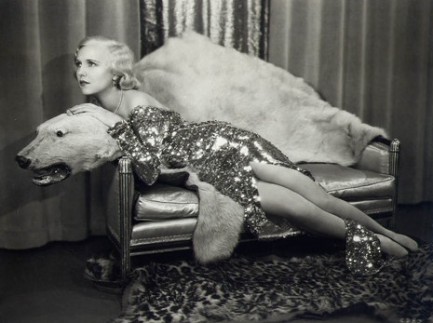 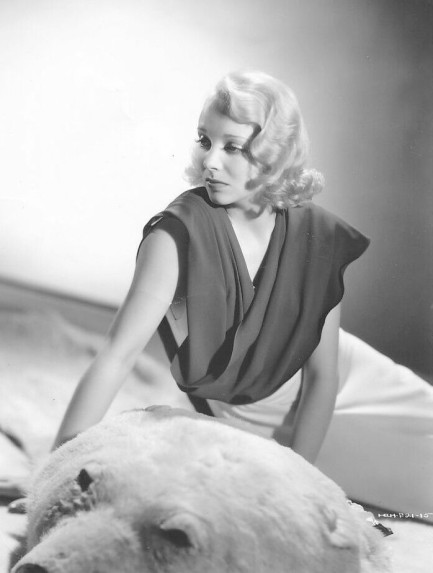 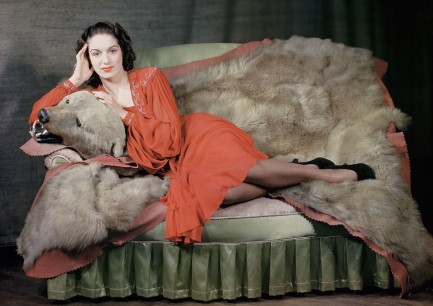 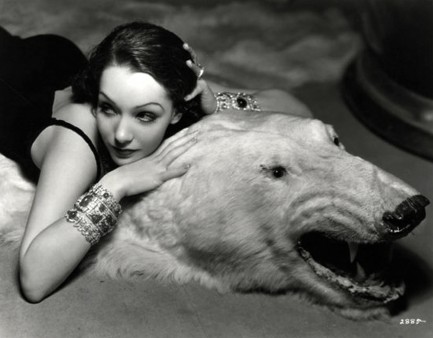 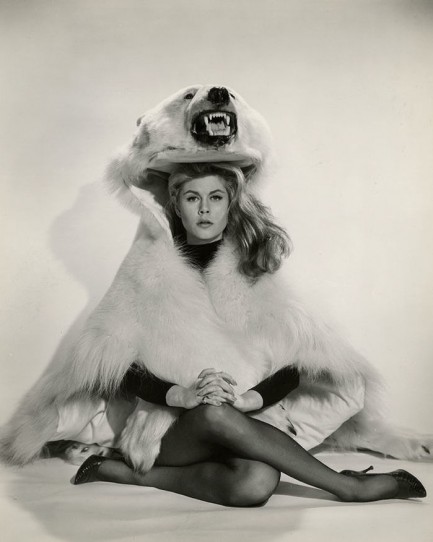 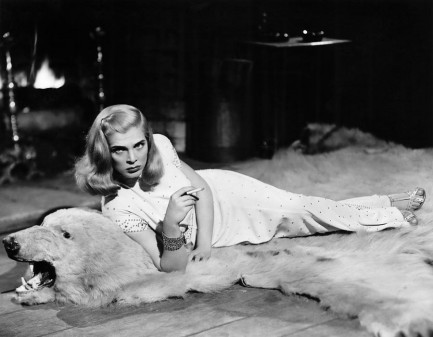  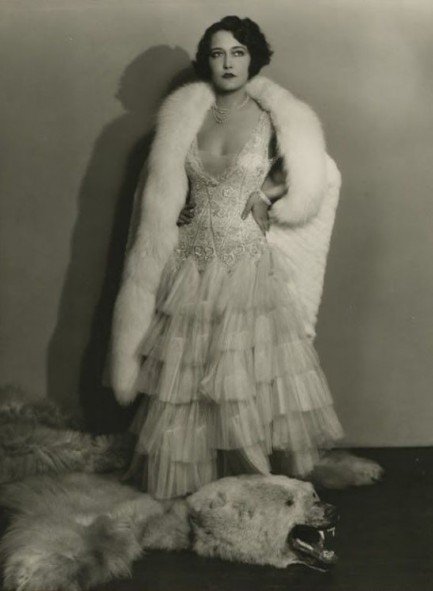 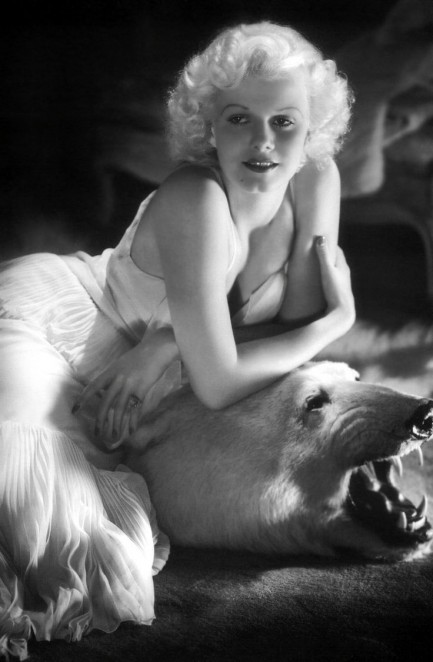 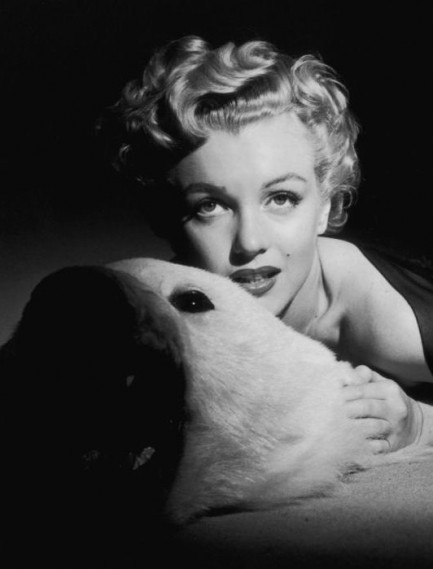 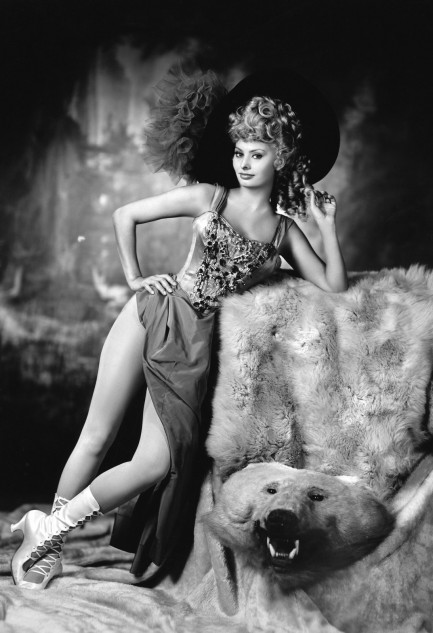 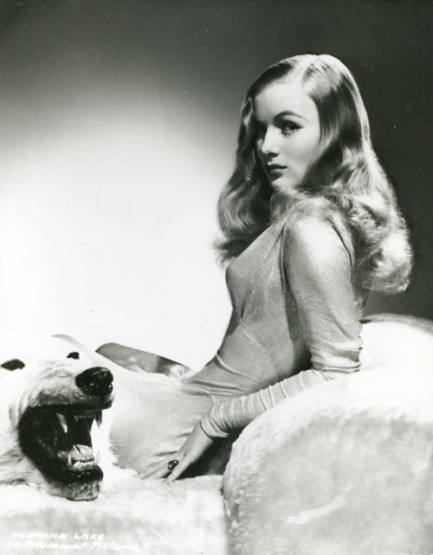 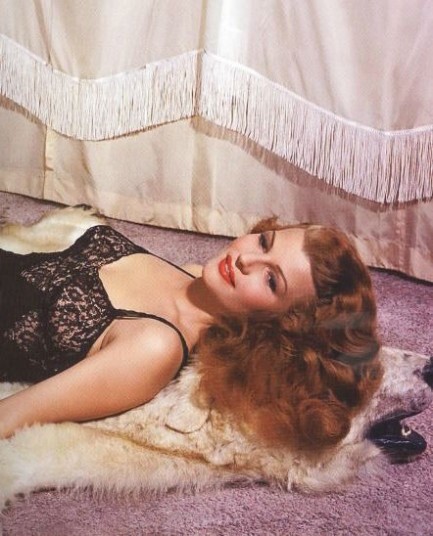 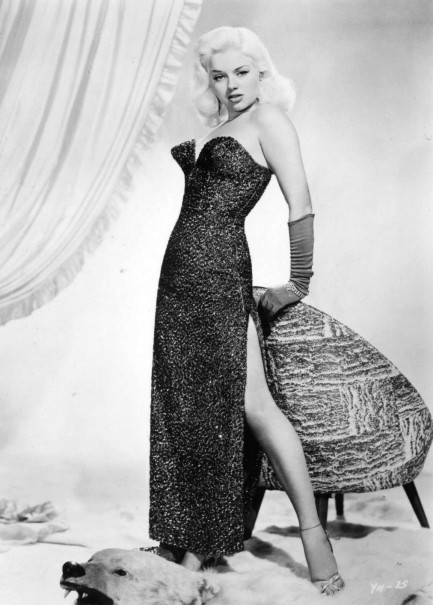 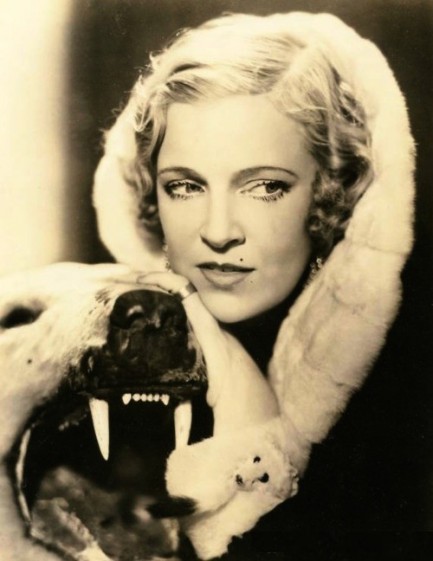 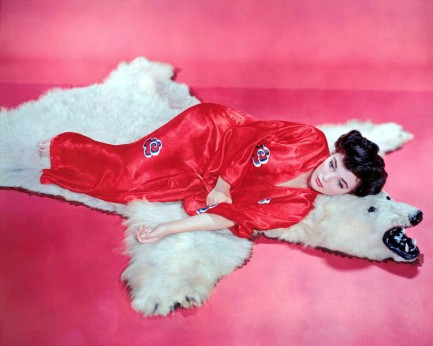 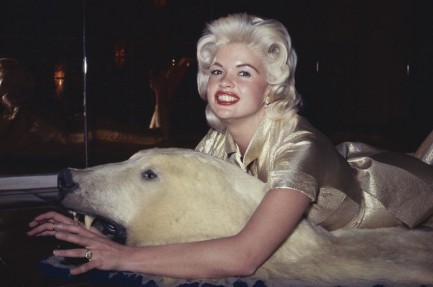
 No I won't turn to the left. This is my good side. 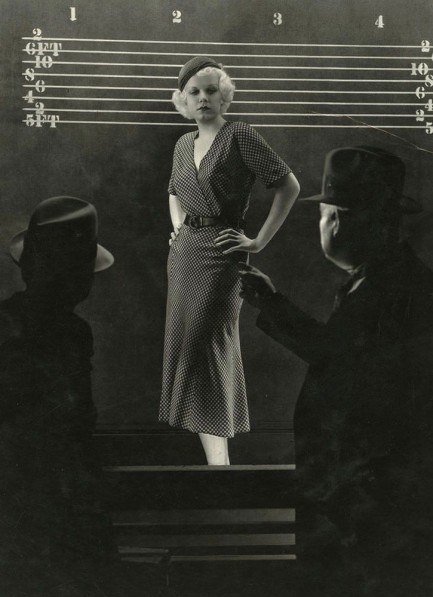
Above you see the legendary Jean Harlow in an awesome MGM promo shot made for the pre-code gangster film The Beast of the City, a movie often (but mistakenly) called a film noir. Harlow plays a gun moll who gets involved in an affair with a cop. The movie came out in 1932, which dates the photo as from that year or the end of the previous year.
 Let me have one last kiss before you go out there, so I can enjoy your face the way it was. 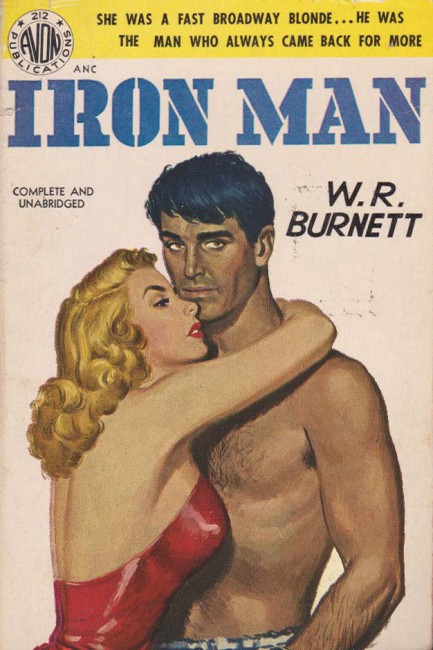
W.R. Burnett followed up his 1929 gangster novel Little Caesar with 1930’s Iron Man, the story of a boxer named Kid Mason who is laid low not by his ring opponents but by the machinations of unsavory hangers on and a femme fatale—who’s unfortuntately also his wife. We showed you the hardback dust jacket to this a while back. This paperback from Avon goes full pulp with the teaser, promising a “toboggan-slide of passion, a headlong express that rips through the heavens and plunges to the bottom of hell.” That sounds fun, and indeed it was well reviewed, and was adapted into a film in 1931 with Lew Ayres as Mason and Jean Harlow as his wife. The cover art is uncredited.
 Confidential goes full throttle on the high seas. 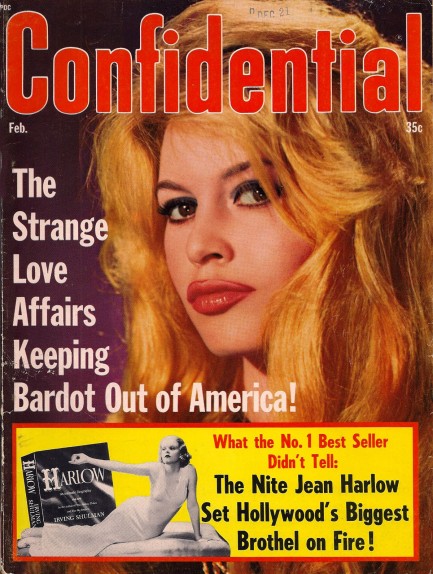
On this Confidential from February 1965 the publishers give their cut-and-paste artists a month off and grace the cover with a simple portrait of Brigitte Bardot and her famed pout. Inside the editors air out her love life in a way that today would be called slut shaming—pretty much stock-in-trade for Confidential. The suggestion is she won’t come to the U.S. to act because she’s busy Morockin’ around the clock with Moroccan-born producer Bob Zaguri. Elsewhere in the issue you get Romy Schneider, Jean Harlow, Alain Delon, Peter O’Toole, love behind the Iron Curtain, and an outraged report on pharmaceutical companies marking up medicines 200%, 500%, even 7,000%. Yes, medicines cost too much in the U.S. even back then. But don’t take our word for it. Take Confidential’s—their story ends by declaring that drug companies have Americans by the balls and the only way to avoid the drug price racket is to not get sick. But moving on, as we mentioned last week, we wanted to look at tabloid attitudes toward gay culture, and this issue has two articles along those lines. The first involves gay cruises off the Florida coast, an activity Confidential informs readers was devised as a way to avoid Dade County vice cops. Once the boats were in international waters there 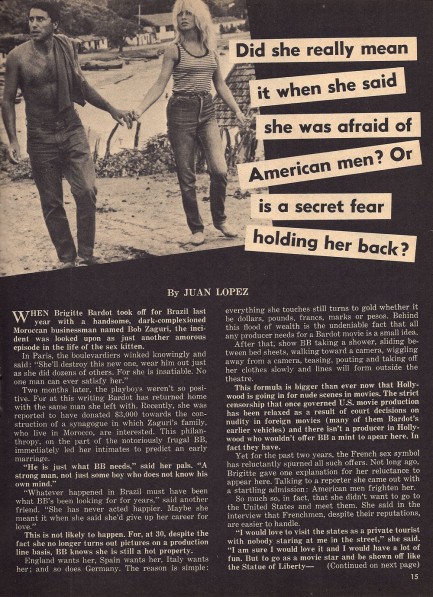 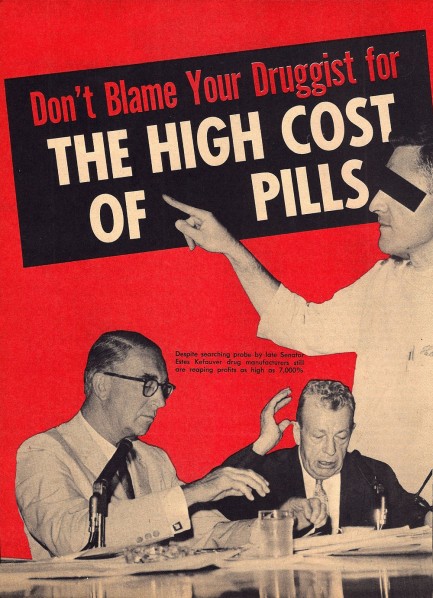 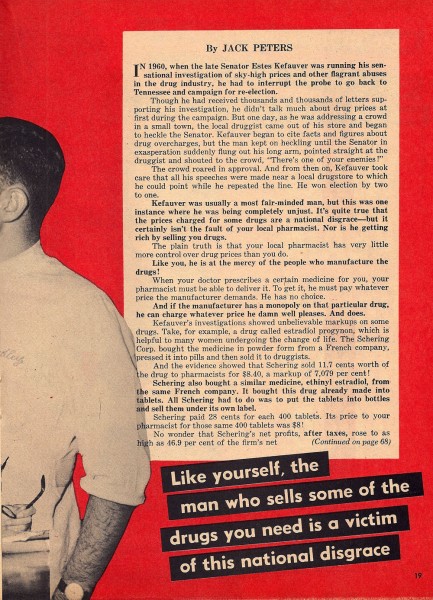 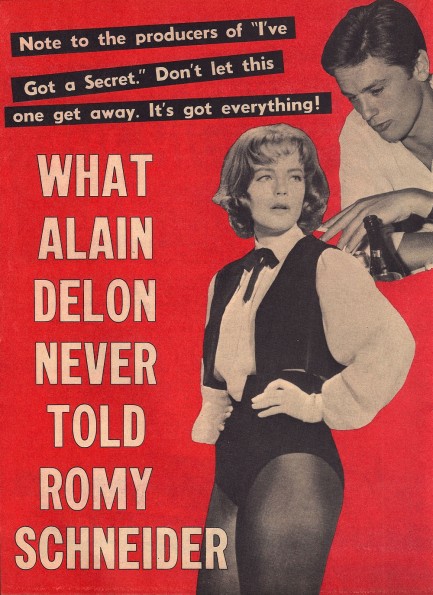 was no law, local or federal, which could be applied against shipboard activities. We’ll come back to that in a sec. The other story involves what Confidential describes as the middlesex—i.e. people who lack strong masculine or feminine characteristics. The story is concerned with this only as a social issue and makes no mention of physically intersex persons who genetically are neither male nor female. was no law, local or federal, which could be applied against shipboard activities. We’ll come back to that in a sec. The other story involves what Confidential describes as the middlesex—i.e. people who lack strong masculine or feminine characteristics. The story is concerned with this only as a social issue and makes no mention of physically intersex persons who genetically are neither male nor female. For Confidential the issue is simple—men are no longer macho enough and women are no longer (submissively) alluring enough. Of course, gay men are the ultimate villains here, and to make the topic emotional for readers Confidential paints a picture of an America devoid of Jayne Mansfields and Lana Turners. The article’s author Harold Cimoli sums it up this way: “As female busts and hips grow ever narrower even Playboy may have trouble keeping its broad-watchers supplied with bosomy playmates.” And there’s also this tidbit: “Designers of both types of clothing are poaching unforgivably on the styles of each other. The main hope must be the evolution of an entirely new style of ensemble for these new phenomena and a new branch of the industry to supply it.” Were they really this comically worried about visual identification issues? Of course they were—what could be more disturbing to guardians of a prevailing social structure than people managing to wriggle out of their pre-assigned boxes? The story on gay cruises is a bit more typical of mid-century tabloids—it’s just a takedown piece. Gay men are blithely described as “lavender lads,” “minces,” and other words we wouldn’t dare dirty our website with. The effusiveness of the magazine’s hateful and sneerful terminology suggests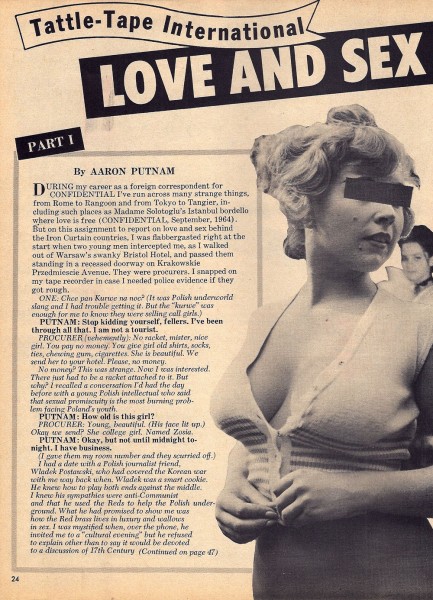 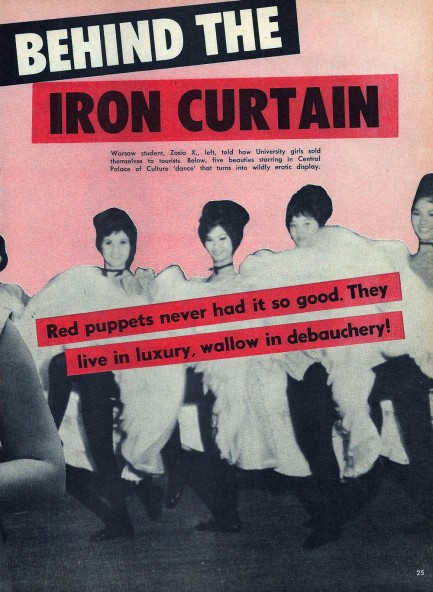 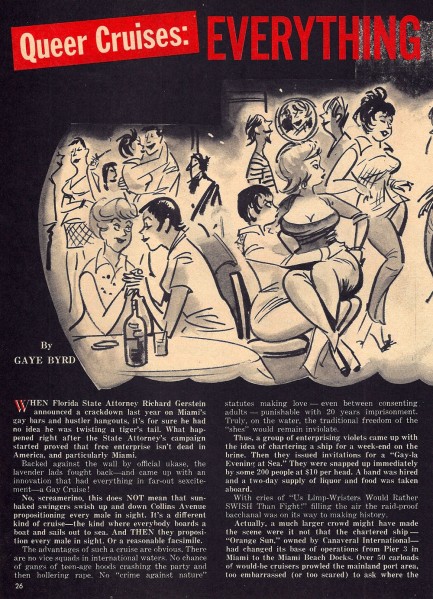 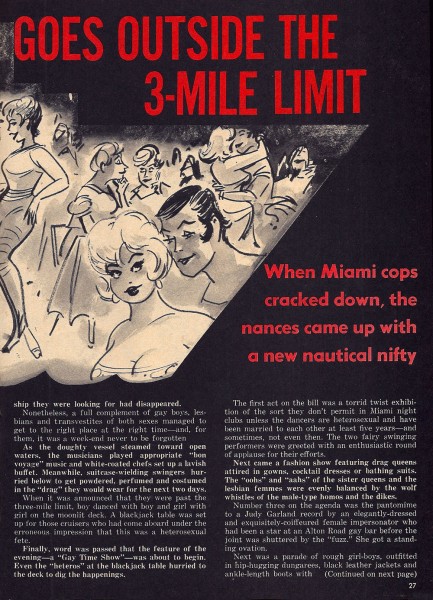 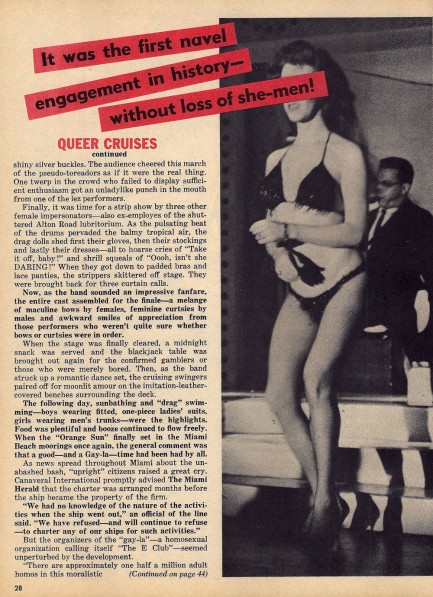 just how certain Confidential editors were that homosexuality was completely beyond the pale. And yet, nearly every issue harped on the subject, either directly or indirectly. For instance, here we get full reportage on a maritime cabaret show featuring drag queens, followed by detailed descriptions of music, dancing, and gambling. You’d almost think the writer Gaye Bird—nice, right?—was actually there. just how certain Confidential editors were that homosexuality was completely beyond the pale. And yet, nearly every issue harped on the subject, either directly or indirectly. For instance, here we get full reportage on a maritime cabaret show featuring drag queens, followed by detailed descriptions of music, dancing, and gambling. You’d almost think the writer Gaye Bird—nice, right?—was actually there. The cruise is eventually reported to the boat rental agency in Miami, whose owner vows that he will never again allow his vessels to be used for such debauchery. The response from the organizer of the cruises was this: “There are approximately one-hundred thousand boats or ships of some sort or another. I think we’ll be able to find some way to balance supply and demand.” Ouch—zinged right in the Econ 101s. Doubtless Confidential expected the congressional switchboard to light up over this outrageous appropriation of boats meant for exclusively heterosexual usage, but whether it happened we can’t say—the story ends there. And Confidential readers were left to endure thirty days of disquiet until the next gay bashing issue came out. We won't wait quite that long—we'll explore this subject in another tabloid soon. More scans below.
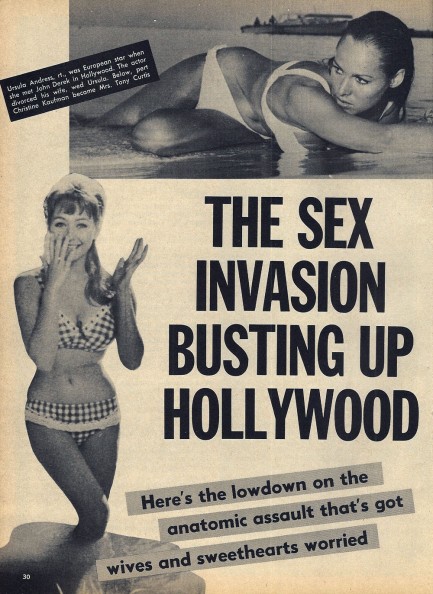 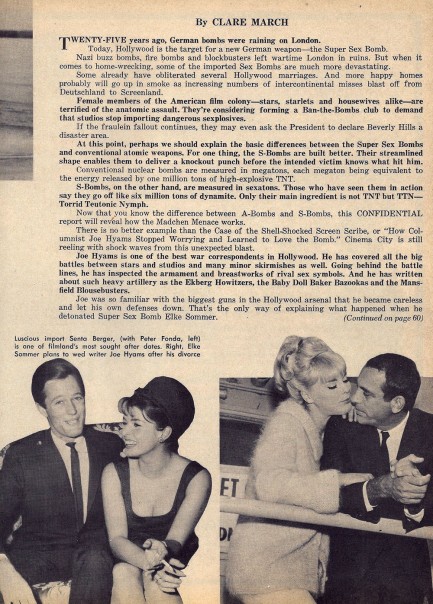  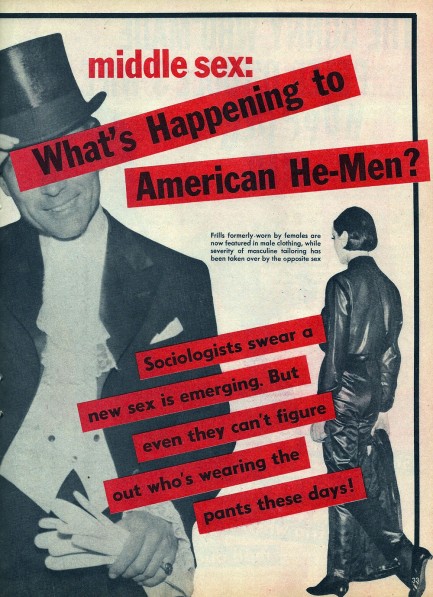 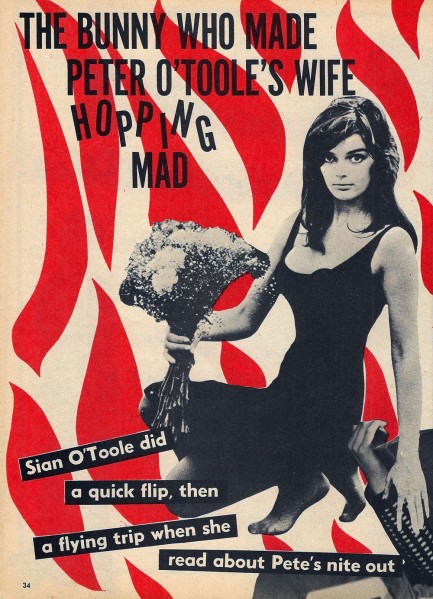 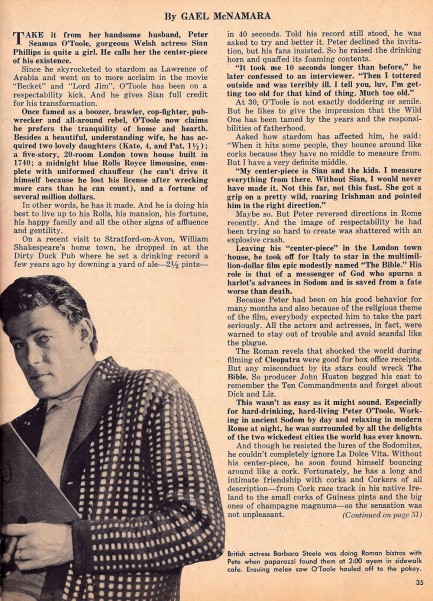 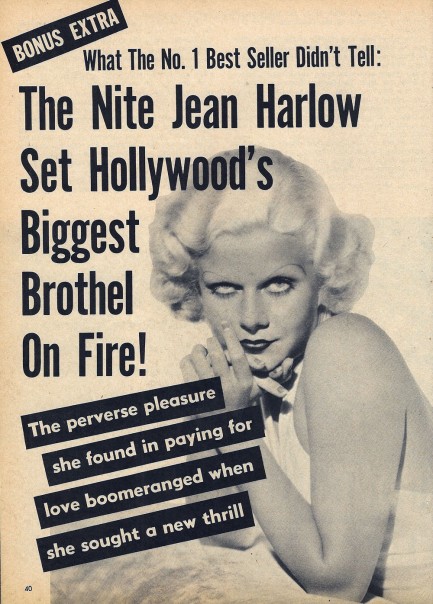 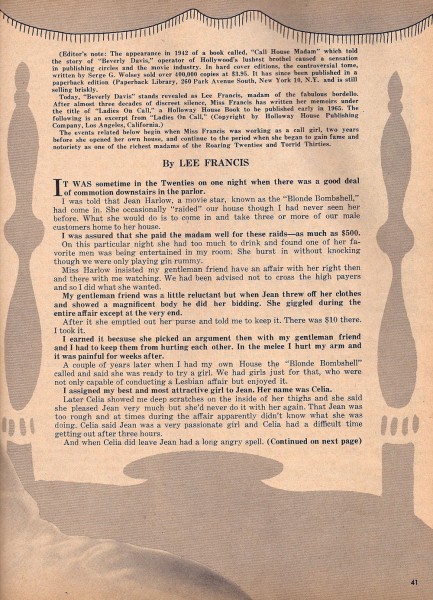

|
 |

The headlines that mattered yesteryear.
1945—Churchill Given the Sack
In spite of admiring Winston Churchill as a great wartime leader, Britons elect
Clement Attlee the nation's new prime minister in a sweeping victory for the Labour Party over the Conservatives. 1952—Evita Peron Dies
Eva Duarte de Peron, aka Evita, wife of the president of the Argentine Republic, dies from cancer at age 33. Evita had brought the working classes into a position of political power never witnessed before, but was hated by the nation's powerful military class. She is lain to rest in Milan, Italy in a secret grave under a nun's name, but is eventually returned to Argentina for reburial beside her husband in 1974. 1943—Mussolini Calls It Quits
Italian dictator Benito Mussolini steps down as head of the armed forces and the government. It soon becomes clear that Il Duce did not relinquish power voluntarily, but was forced to resign after former Fascist colleagues turned against him. He is later installed by Germany as leader of the Italian Social Republic in the north of the country, but is killed by partisans in 1945. 1915—Ship Capsizes on Lake Michigan
During an outing arranged by Western Electric Co. for its employees and their families, the passenger ship Eastland capsizes in Lake Michigan due to unequal weight distribution. 844 people die, including all the members of 22 different families. 1980—Peter Sellers Dies
British movie star Peter Sellers, whose roles in Dr. Strangelove, Being There and the Pink Panther films established him as the greatest comedic actor of his generation, dies of a heart attack at age fifty-four.
|

|
|

It's easy. We have an uploader that makes it a snap. Use it to submit your art, text, header, and subhead. Your post can be funny, serious, or anything in between, as long as it's vintage pulp. You'll get a byline and experience the fleeting pride of free authorship. We'll edit your post for typos, but the rest is up to you. Click here to give us your best shot.

|
|























































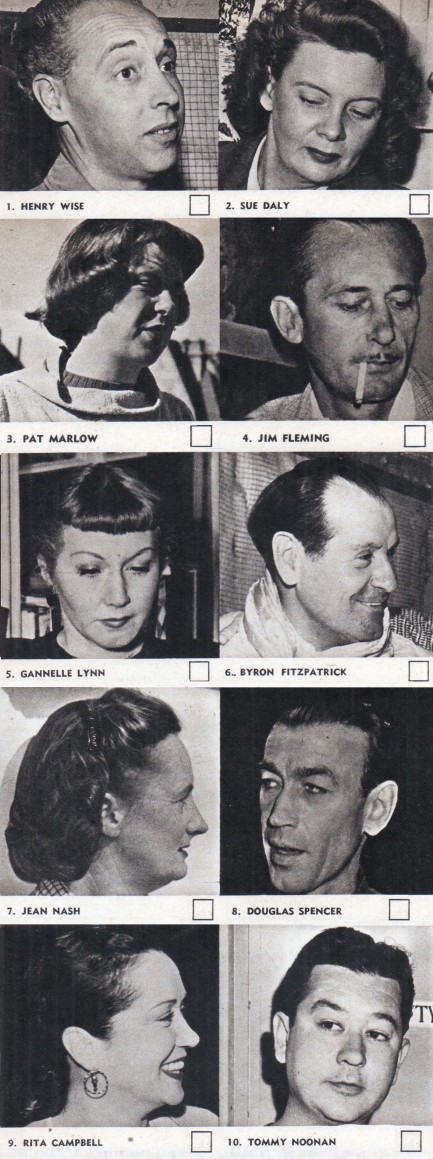





















































































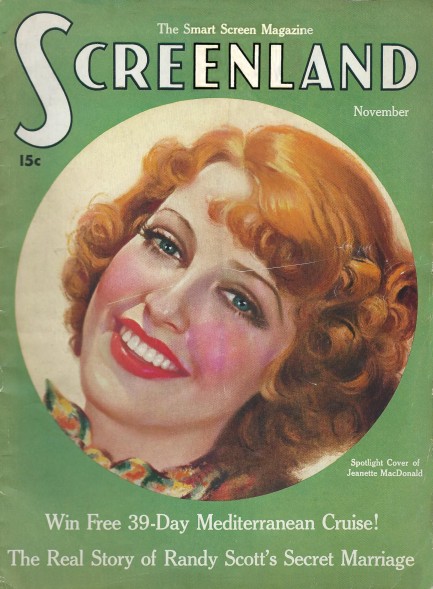
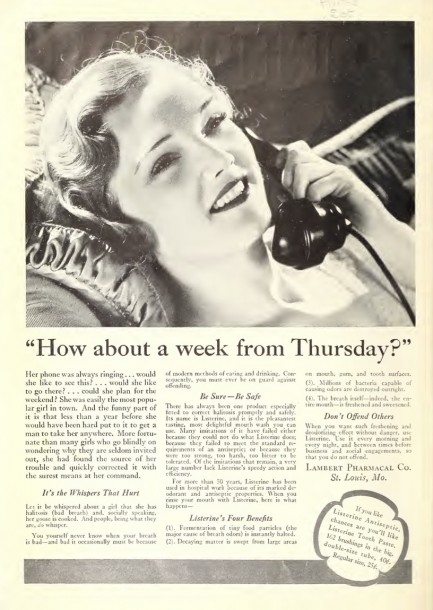
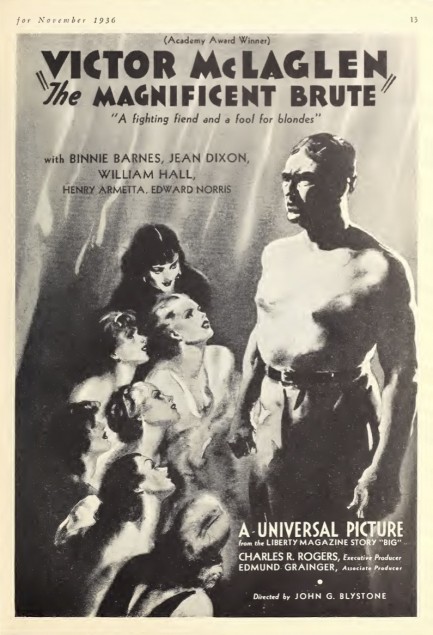
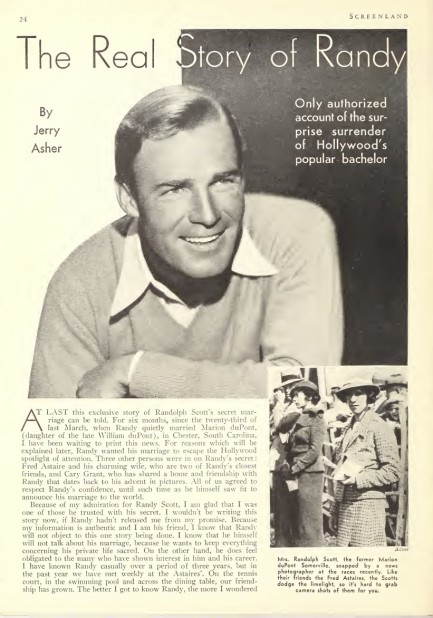
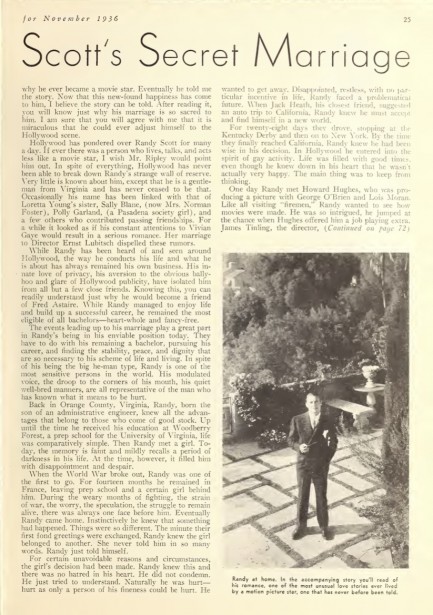
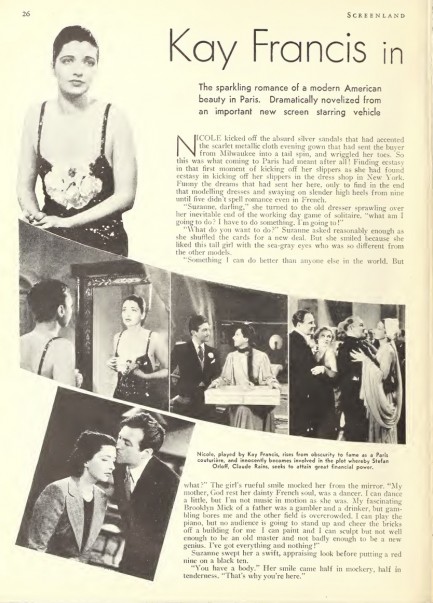
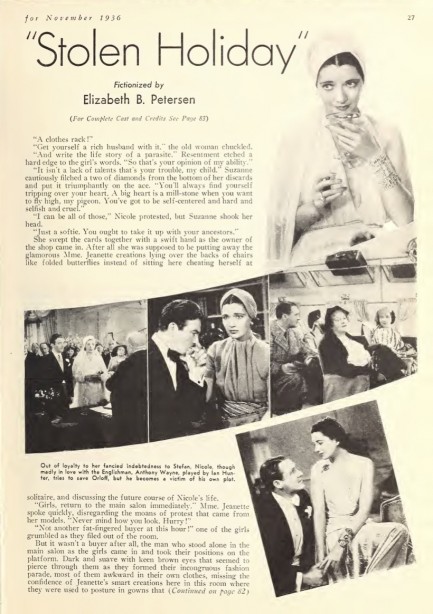
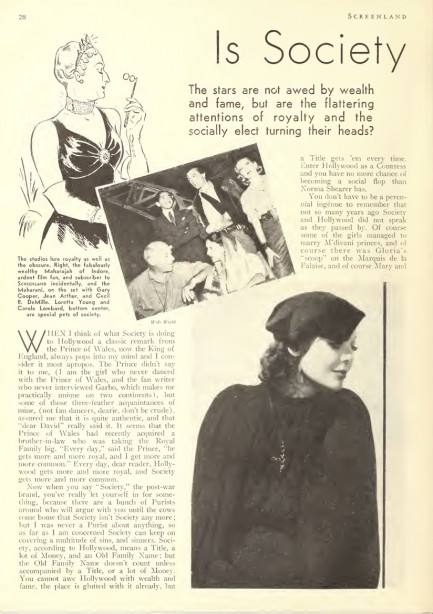
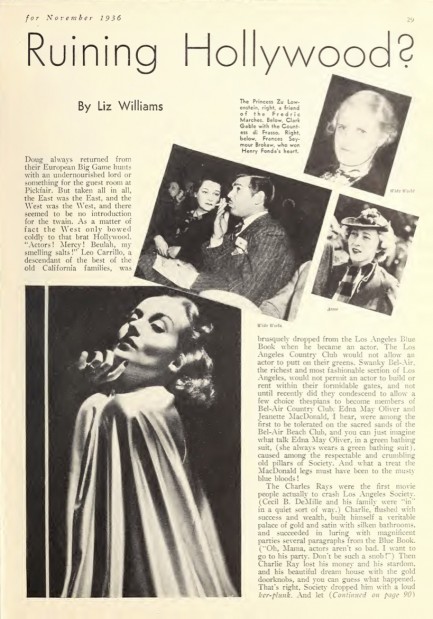
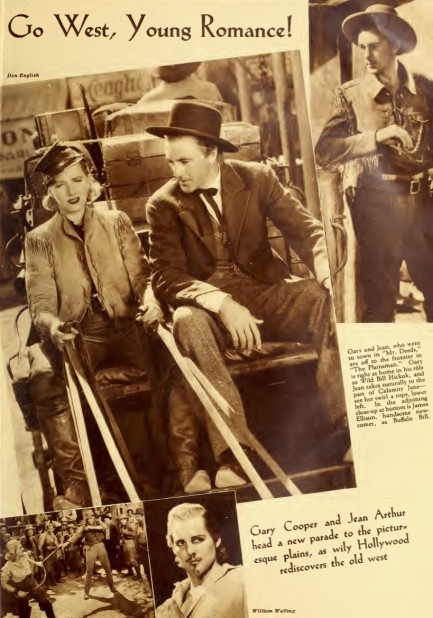
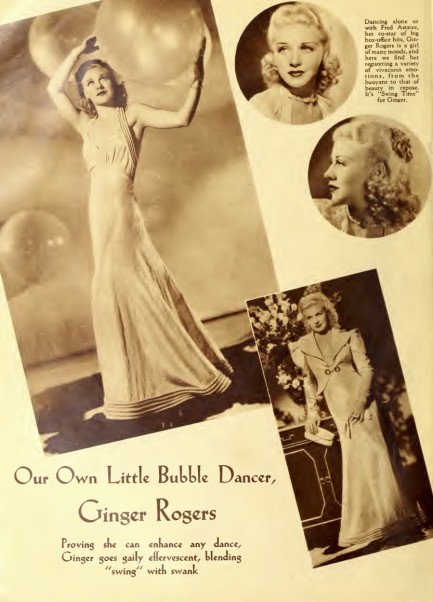
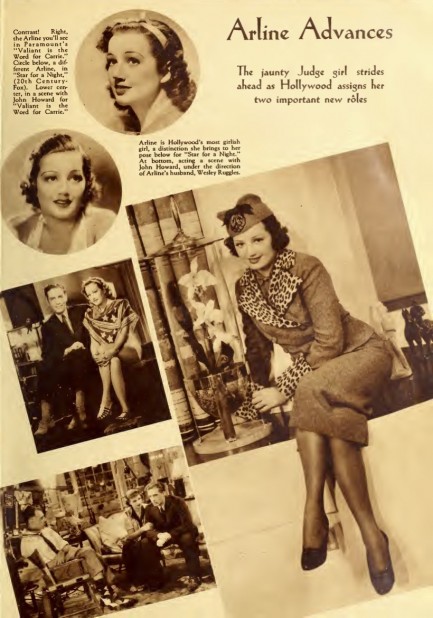

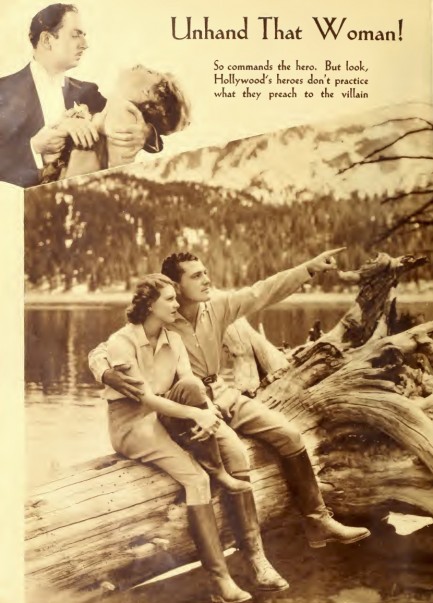
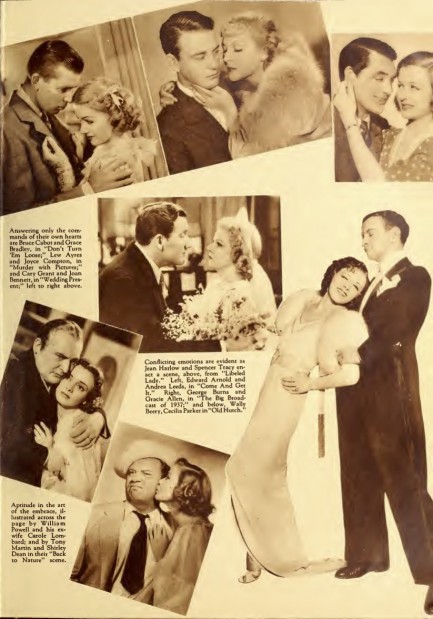
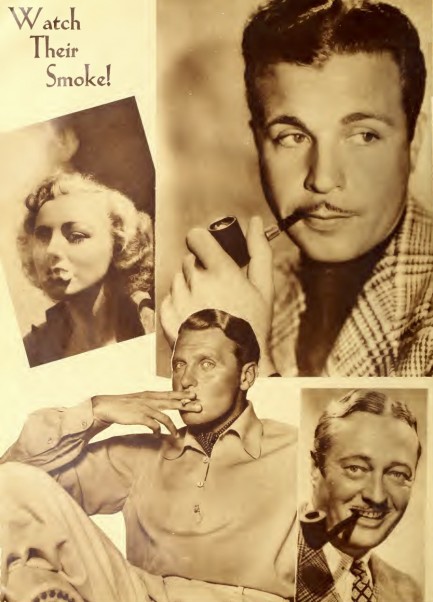
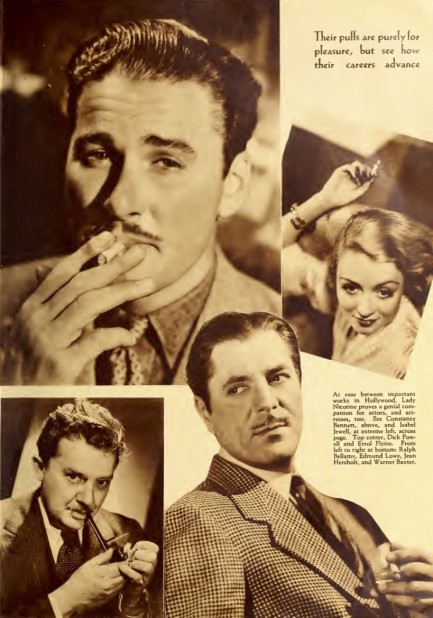
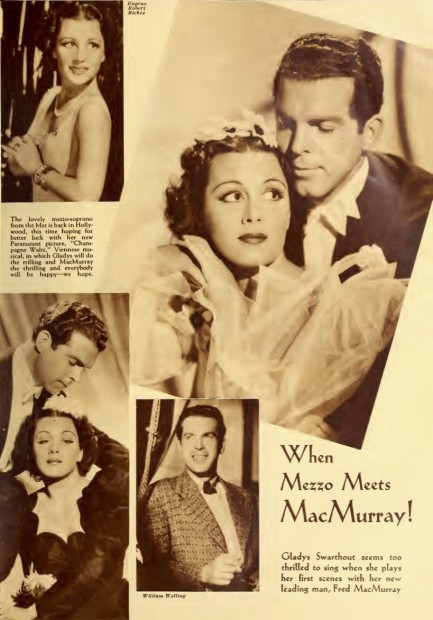
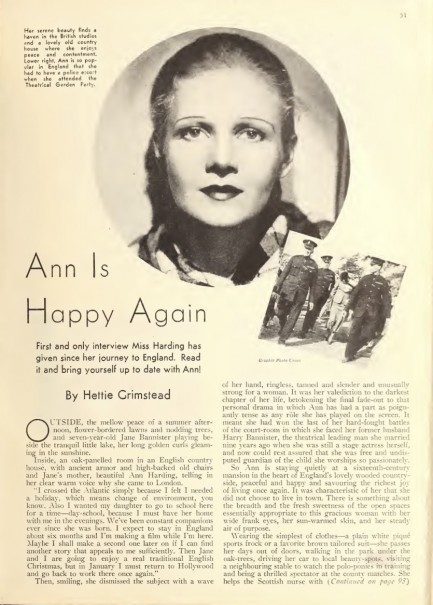

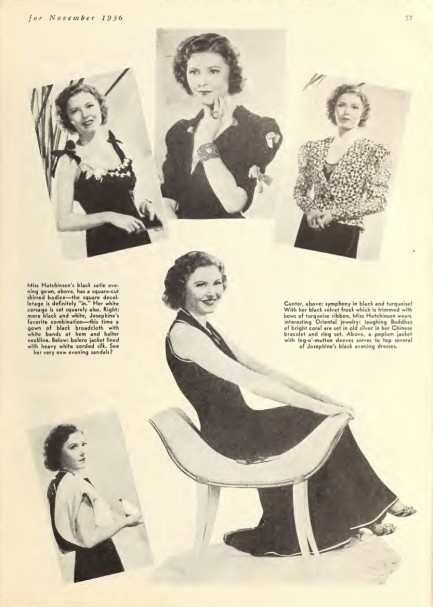
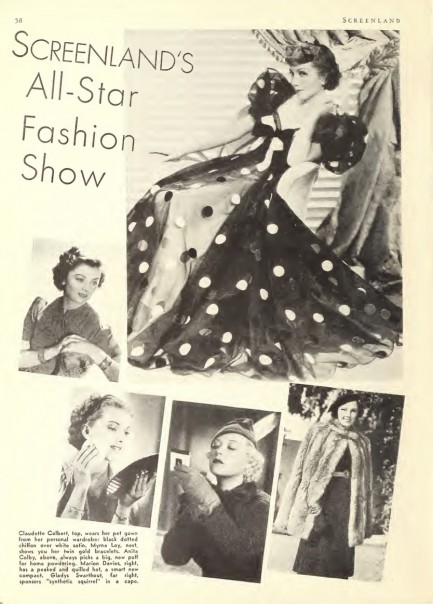
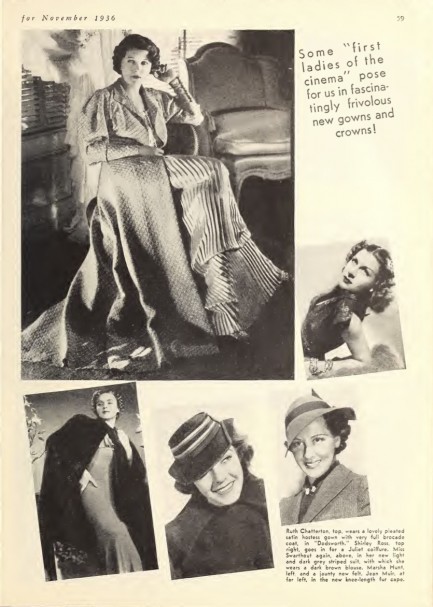
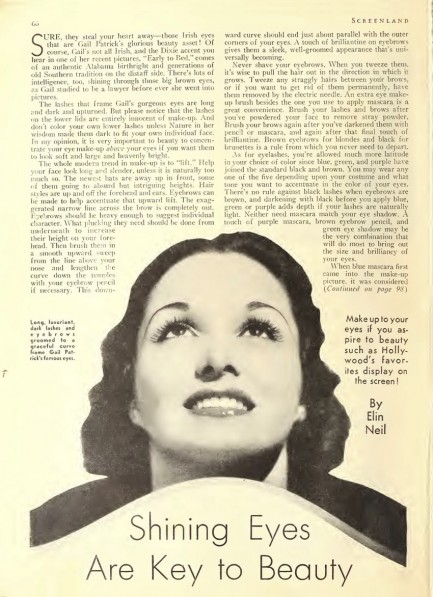
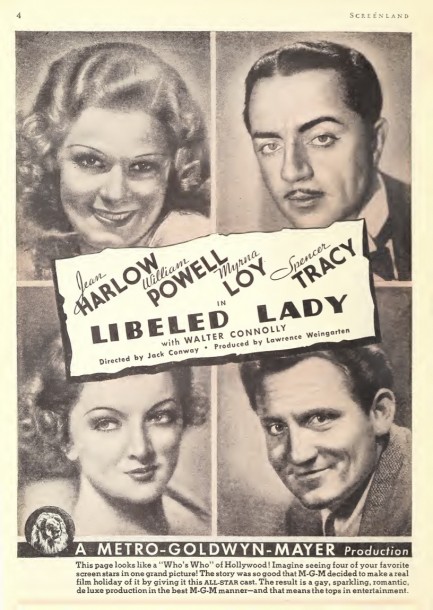
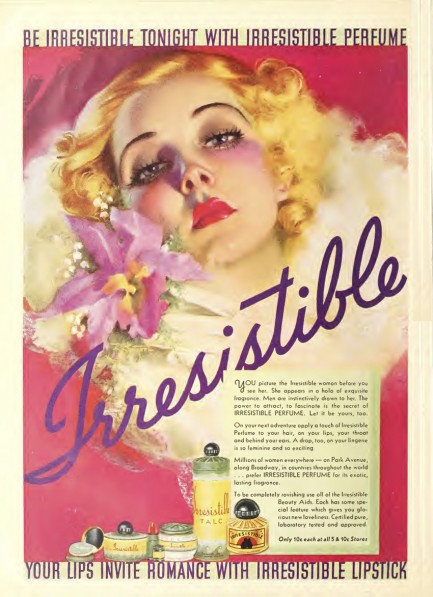





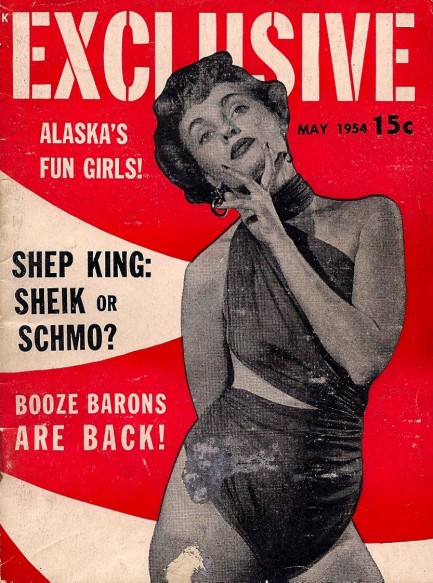
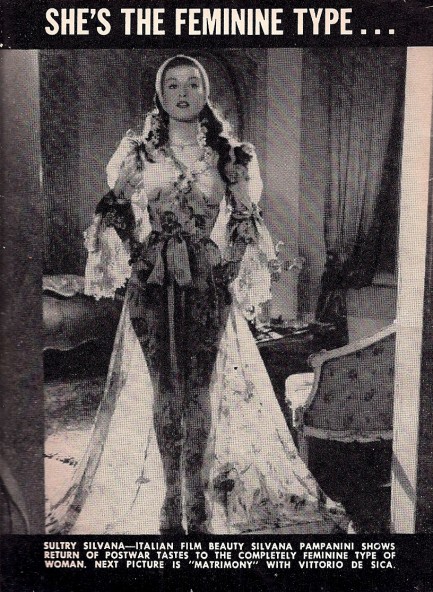
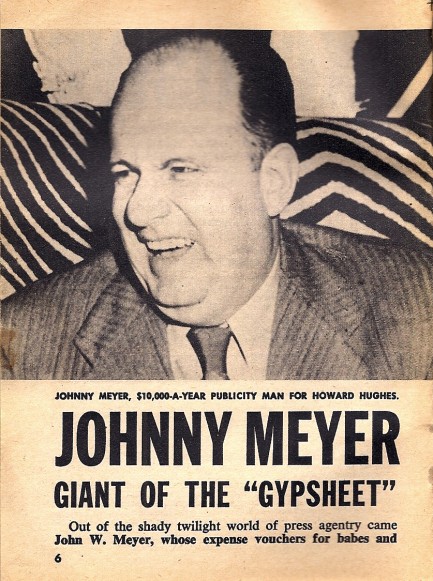

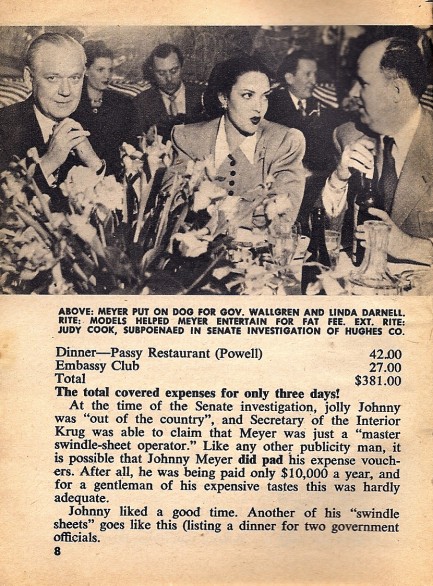
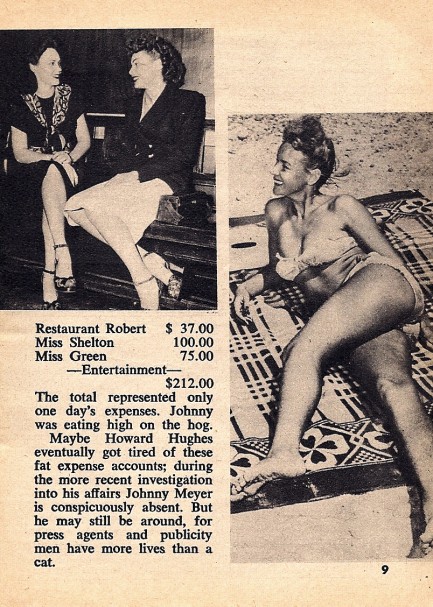
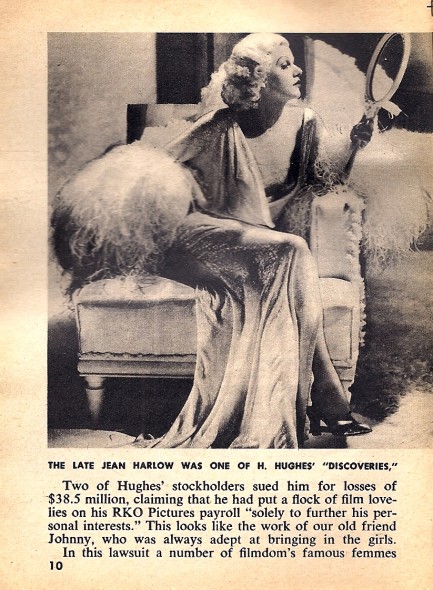
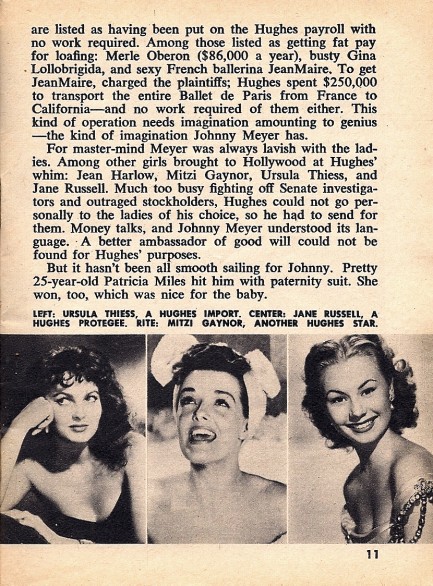
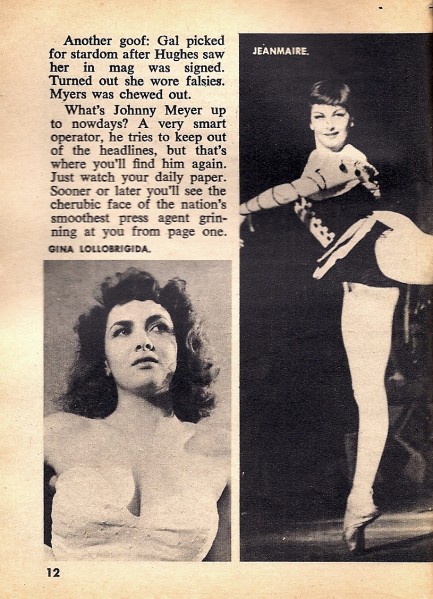
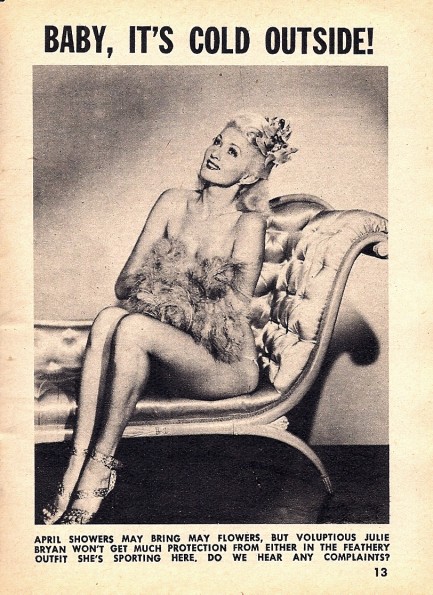
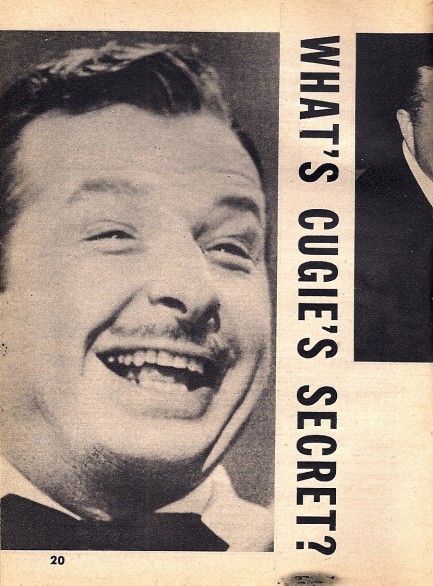
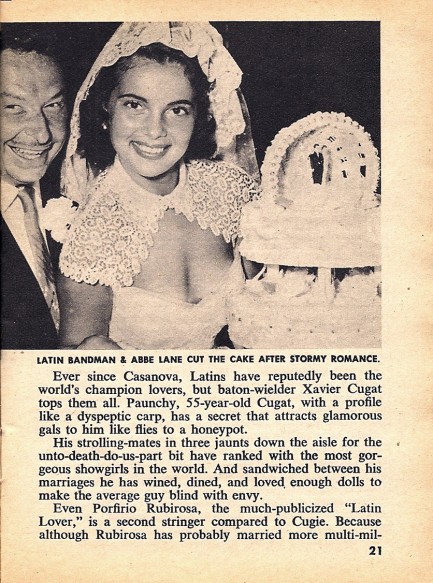
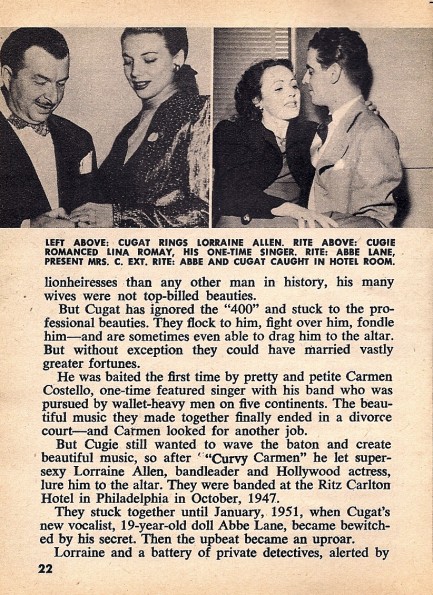
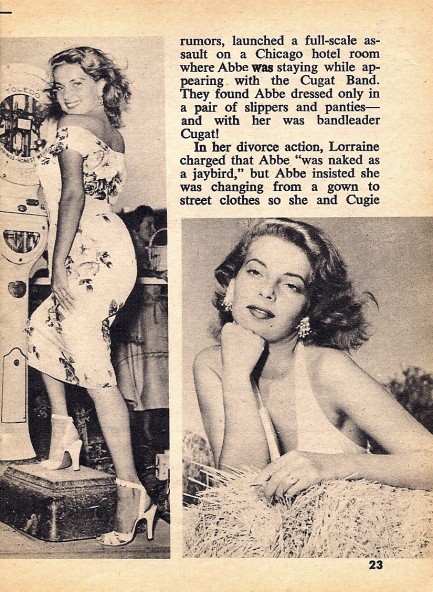
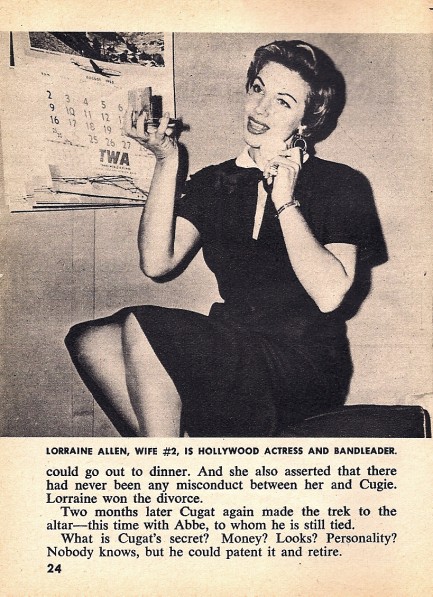
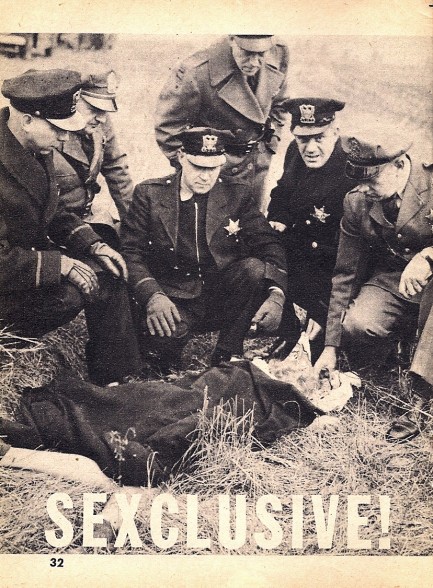
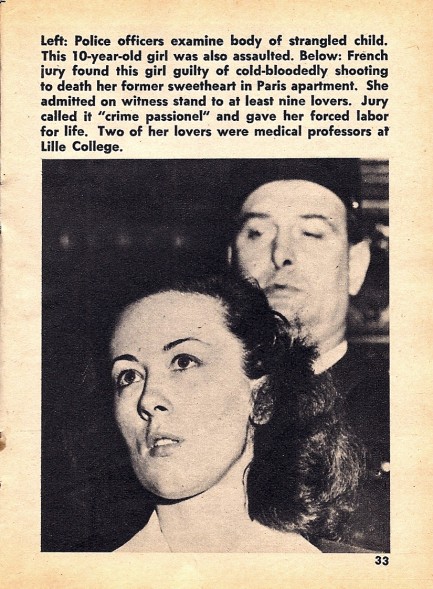
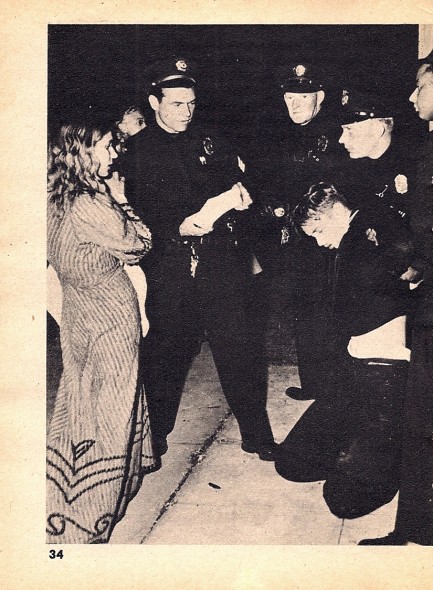
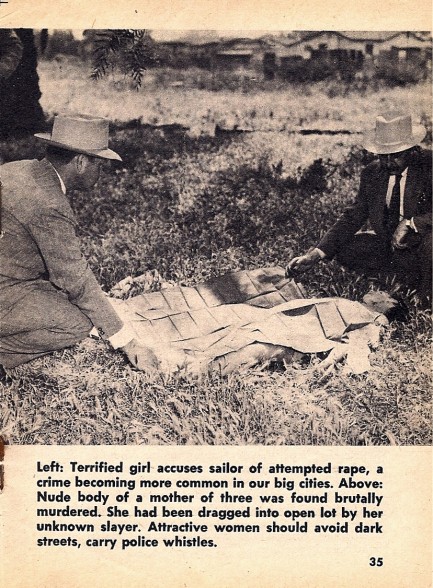
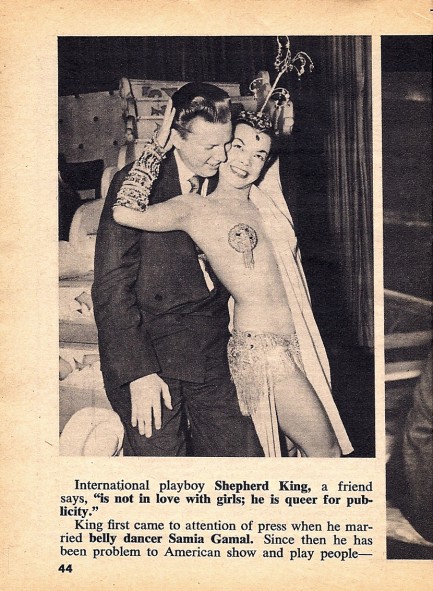
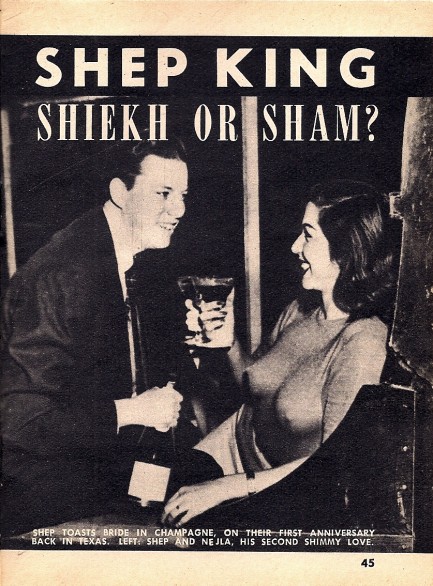
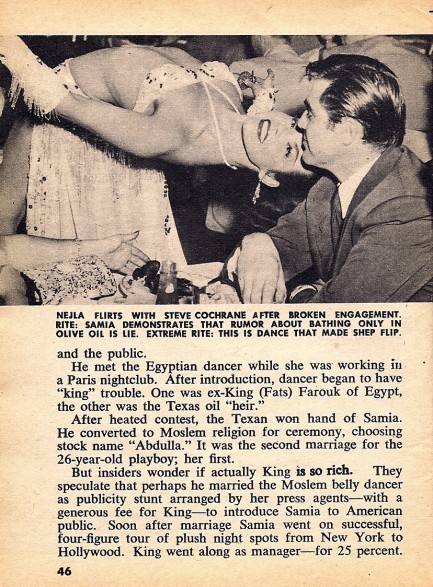
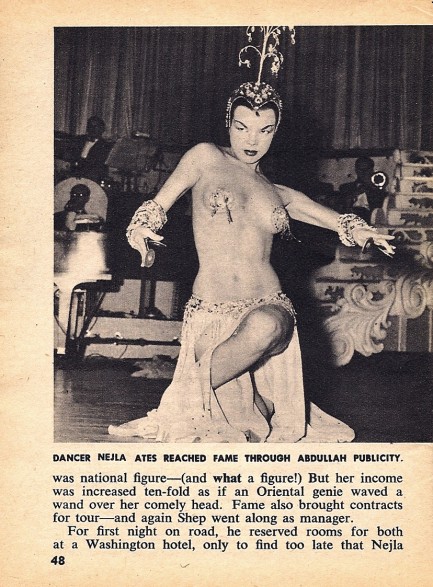
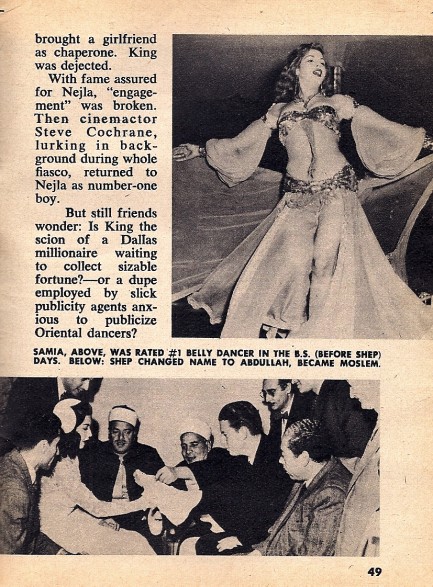
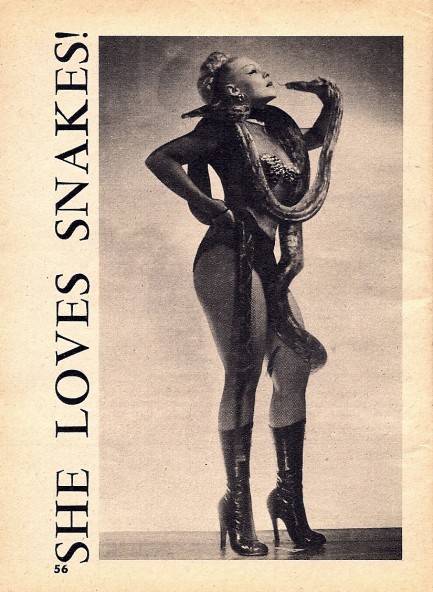
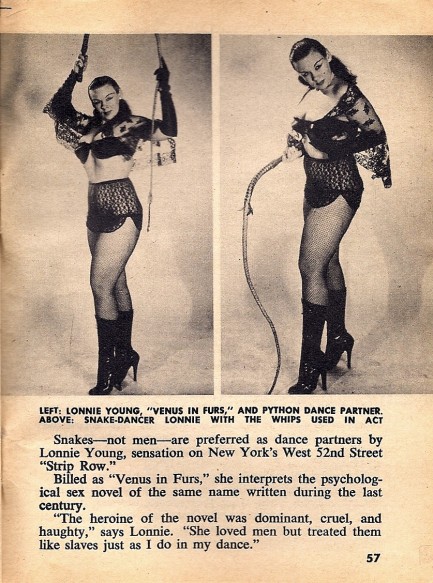
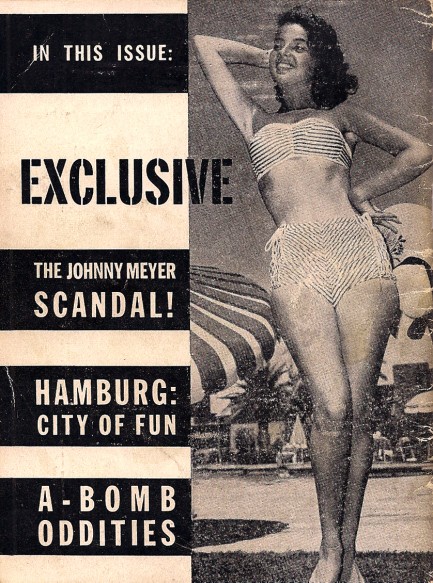






 was no law, local or federal, which could be applied against shipboard activities. We’ll come back to that in a sec. The other story involves what Confidential describes as the middlesex—i.e. people who lack strong masculine or feminine characteristics. The story is concerned with this only as a social issue and makes no mention of physically intersex persons who genetically are neither male nor female.
was no law, local or federal, which could be applied against shipboard activities. We’ll come back to that in a sec. The other story involves what Confidential describes as the middlesex—i.e. people who lack strong masculine or feminine characteristics. The story is concerned with this only as a social issue and makes no mention of physically intersex persons who genetically are neither male nor female.



 just how certain Confidential editors were that homosexuality was completely beyond the pale. And yet, nearly every issue harped on the subject, either directly or indirectly. For instance, here we get full reportage on a maritime cabaret show featuring drag queens, followed by detailed descriptions of music, dancing, and gambling. You’d almost think the writer Gaye Bird—nice, right?—was actually there.
just how certain Confidential editors were that homosexuality was completely beyond the pale. And yet, nearly every issue harped on the subject, either directly or indirectly. For instance, here we get full reportage on a maritime cabaret show featuring drag queens, followed by detailed descriptions of music, dancing, and gambling. You’d almost think the writer Gaye Bird—nice, right?—was actually there.












































































